Here are some informative links about milkweed, milkweed and monarchs, milkweed bugs, and other milkweed-related topics:
0 Comments
Rodeos in western Iowa are steeped in history. This year marks the 100th anniversary of the Sidney Iowa Championship Rodeo. The Iowa Tourism Office acknowledged the rodeo's history by presenting it with the award for Outstanding Rural Event at the 2023 Iowa Tourism Conference in Altoona. Barnes PRCA Rodeo in Cherokee County has put on rodeos since 1950. Barnes PRCA Rodeo was founded with the guiding principles of integrity and hard work by Bob and Donita Barnes. The late Bob Barnes was known as "the Colonel", and today is still one of the most respected stockman in professional rodeo. He was selected as the 1984 PRCA Stock Contractor of the Year and was inducted into the ProRodeo Hall of Fame ten years later. Donita Barnes was posthumously awarded the inaugural PRCA Lifetime Achievement Award for contract personnel at the PRCA award banquet in 2011. The PRCA Lifetime Achievement Award was renamed in her honor in 2012. July 2-3 - ExiraExira, IA July 2 & 3, 2022 IRA/IRCA Grand River Rodeo Co Added Money : RS – $500 TE – $250 Entry Fees : RS – $59 TE – $79 TR – $71 GBR – $66 Books Open : June 20, 2022 RS 9AM – 4 PM TE 10AM – 4PM Call-in Entries : (641) – 773 – 5232 Performance : Sat, July 2nd 6:30 PM & Sun. July 3rd 1:30PM Emergency # (641) – 773 – 5232 Notes : IRA sanctioned Ranch Bronc Riding Grounds Address : In town, North Side Casey Store July 6-8 - WoodbineJoin Woodbine Saddle Club for their 62nd annual rodeo! Thursday, July 6: Kids Night Mutton Busting Preliminaries Friday, July 7: Rodeo 7:15 pm Queen’s Entry 7:30 pm Grand Entry followed by your favorite rodeo action Saturday, July 8: Rodeo Parade 9 am registration at 4th and Lincoln Way 11 am start time Saturday, July 8: Rodeo, night two 7:15 pm Queen’s Entry 7:30 pm Grand Entry and rodeo action July 9-10 - MalvernThe Big Hat Rodeo 2023 Wild Ride Tour will be in Malvern on July 9th and 10th for two full, 7-event rodeo performances. The Mills County Fair Pro Rodeo will feature two performances on July 9th and 10th. July 15 - AudubonJuly 20 - Missouri ValleyJuly 23 - DenisonWright Rodeo Company Sponsored by Smithfield Saturday, July 23rd at 6 PM (Grandstands Open 5:00) Adults $10 Students/Military/Senior Citizens $5 Children 5 and Under Free July 26 - Sac CityOpening night of the Sac County Fair features the Barnes PRCA Rodeo at 7:30 p.m August 1-5 - Sidney
August 3 - MovilleBarnes PRCA Rodeo will be at the Woodbury County Fair in Moville on August 3rd. August 3-5 - Carson
Plains Indians used the root to treat rattlesnake bites, bee stings, headaches, toothaches, sore throats, and distemper in horses. Coneflowers are still widely used today in pharmaceutical preparations.
The dry spring, including the record-setting dry month of May, has contributed to a downward trend in drought conditions in southwestern Iowa. The region had the driest month of May in the state of Iowa, at only 35% of normal precipitation. All regions of Iowa. All areas of Iowa had below normal rainfall, as the statewide average of rain, 2.54 inches, was only 52% of normal rainfall. The spring months of March, April, and May had a statewide average of 6.09 inches of rainfall, 63 percent of normal. As a result of these moisture deficits, streamflow is down, and soil moistures are lower as well. Despite recent rainfall scattered across all state and high temperatures experienced in May, soil moisture conditions have decreased considerably over the past month. The outlook for the summer in western Iowa shows persistent drought in western Iowa. Western Iowa is the only region in the state with an area under extreme drought (D3), while also having the largest area under severe drought (D2). The drought conditions will stress agricultural irrigation and impact outdoor recreation, as many waterways will be too low for paddlers. With persistent drought, what can you do?There are plenty of short- and long-term steps you can take to decrease your own water needs. First, we encourage you to plant native flowers and grasses, which require less water and are tolerant of extreme weather conditions. When purchasing plants, look for natives instead of varietals. Some great native perennials are bee balm, goldenrod, milkweed, and yarrow, among others. Excellent drought-resistant native grasses include blue grama, little bluestem, big bluestem, side-oats grama, and others.
Practicing water-conscious gardening is one small action you can take to address drought in western Iowa. Limit watering lawns and gardens to three days per week. Water gardens and lawns early in the morning to minimize evaporation. Deep watering once a week is better than shorter waterings multiple times per week. Using mulch around plants prevents evaporation, keeps soil at a more consistent temperature, and keeps weeds from competing with beneficial plants.
Yucca glauca, also known as soapweed, is a member of the agave family. Agaves are stout plants with woody stems or stem-bases, often tall, even tree-like, the long and narrow leaves crowded in rosettes at ends of stems or branches, a stout rapidly growing flower stalk arising from the rosette. Members of this family are from tropical or warm regions, often where it is arid. The Loess Hills are definitely not tropical, but there arid, creating ideal conditions for yucca to grow in west- and south-facing Loess Hills prairies. However, the plant depends on a symbiotic relationship with the yucca moth. The plant and the moth cannot live without each other. Without the yucca moth, the yucca plant would lose its only pollinator, and without the plant, the moth would lose its food source. Soapweed is pollinated by the night-flying moths who use the ovary of the flower as the site to lay their eggs. The young larvae eat the developing seeds. The yucca plant produces many seeds, so the larvae get sustenance while the plant can still reproduce. Flowers begin blooming on the plant's stalk in early to mid-June. The white petals form a bell-shaped flower that faces downward on the tall, stout stalk that can reach up to six feet tall! Soapweed yucca is a traditional Native American medical plant, used by the Blackfoot, Cheyenne, Lakota, and other tribes. Native Americans use yucca root for poultices for inflammations and to stop bleeding. Roots of the plant are pounded and mixed with water to make shampoo for dandruff and minor skin irritations. On Memorial Day weekend, the third LoHi Trek was held in Plymouth and Woodbury counties. The LoHi, short for Loess Hills, is based on the concept of a walking route through the entire length of western Iowa's scenic and unique Loess Hills landform. In 2020, Monona County resident Kelly Madigan hiked more than 200 miles from South Dakota to Missouri, inspiring many others to pursue outdoor adventures in the Loess Hills. Read about Kelly's journey here and the 2021 LoHi and 2022 LoHi treks. 40 people participated in this year's LoHi trek, with five states were represented: Iowa, Nebraska, Colorado, Wisconsin, and Ohio. There were several repeat trekkers as well as many new hikers. The terrain they hiked was all new to the LoHi, however, as this year's trek covered the northernmost reaches of western Iowa's Loess Hills in Plymouth and Woodbury counties. Camp Joy Hollow served as the basecamp for the 2023 LoHi Trek. The 356-acre tract was recently purchased by the Nature Conservancy, expanding the conservation footprint in western Iowa's Loess Hills. TNC's Scott Moats visited the LoHi trekkers at Camp Joy Hollow on Thursday evening to discuss Broken Kettle Grasslands and the conservation practices used to manage the largest remnant prairie in the state of Iowa. Day 1 began on North Ridge Road near the town of Westfield. Hikers followed this loop of the Loess Hills National Scenic Byway before reaching Broken Kettle Grasslands. The level gravel road with a gentle grade was a perfect warm-up for the steep Loess Hills ridges that awaited the hikers over the course of the holiday weekend. Thanks to the Nature Conservancy, LoHi trekkers were allowed to hike through the Broken Kettle Grasslands, including the bison enclosure. TNC staff were on hand to ensure the safety of both hikers and bison alike. This section of the trek was a highlight for many of the hikers, as the terrain they walked is closed to the public because of the presence of bison. The walk through Broken Kettle took hikers along prairie ridges with penstemon, locoweed, downy yellow painted cup, and more wildflowers. The section through Broken Kettle ended at Aalfs Family Preserve, a beautiful overlook with benches that is located on Butcher Road. After lunch, the trek continued along Butcher Road, a loop on the Loess Hills National Scenic Byway, before heading south along another prairie ridge. The trek descended steeply into Joy Creek, an old hardwood forest that likely existed during the time of the Lewis and Clark expedition. Hikers made their way along the scout camp trails to return to Joy Hollow, where dinner and ice cream awaited the hungry hikers. Pizza was provided from Hummers Roadhouse Bar & Grill in nearby Westfield, while Blue Bunny ice cream was a cold treat provided by The Nature Conservancy, who hosted an open house at Joy Hollow on Friday evening. Graham McGaffin, TNC's Iowa state director, spoke to the public and LoHi trekkers about the addition of Joy Hollow and its importance to conservation in the northern Loess Hills. Day 2 began and ended at Camp Joy Hollow, as the day's hike followed a loop through adjacent Five Ridge Prairie State Preserve and neighboring private property to return to the campsite in the evening. Hikers started at 10am so that they could arrive in the afternoon at the property of Bill and Dotty Zales, who own several hundred acres of land adjacent to Joy Hollow and Five Ridge Prairie. The morning hike followed the mowed fire breaks that serve as trails at Five Ridge Prairie. A highlight included the sweeping views of the Big Sioux River from high atop the ridge near the Five Prairie camping cabin that overlooks Highway 12 and the Big Sioux River. Hikers arrived at the residence of Bill and Dotty Zales, two local conservationists who are active in various conservation groups such as the Loess Hills Audubon Society. Hikers were welcomed with homemade beer and plenty of shade after a hot and sunny morning hike. Some hikers even took a plunge in the Zales' farm pond! Bill Zales talked to the group about their efforts to restore prairie on their property and other conservation measures they have undertaken on their land. Later, a delicious dinner of pulled pork, cole slaw, salads, and homemade ice cream were provided thanks to the Friends of Stone State Park. After dinner, Bill Zales led a group on a guided hike back to Joy Hollow, stopping at several spots to discuss the land and its conservation. Day 3 was the longest and toughest day of hiking on the entire 2023 LoHi Trek. The day started at Heendah Hills State Recreation Area, following prairie ridges and old maintenance tracks to reach a property called the Hummel Tract. This area, previously owned by "Curly" Hummel before it was purchased by The Nature Conservancy and now managed by the Iowa DNR, is an extensive and rugged wildlife area. Stretches of the hike followed old farm tracks used by the previous landowner. Brightly colored ribbons flagged the route for hikers until the final section, which required bushwhacking through the understory to reach Talbot Road just north of the Stone State Park. The road was a welcome respite after the tough off-trail morning hike. Hikers refreshed at the private residence of Dr. Luis Lebredo and Ruth Rose before continuing to Calumet Shelter in Stone State Park for lunch provided thanks to the Northwest Iowa Group of Sierra Club. After lunch, a short hike through Stone State Park to Dorothy Pecaut Nature Center concluded the third day of the trek. Hikers returned to Camp Joy Hollow to recuperate after a long and difficult day of hiking. Memorial Day was the final day of the 2023 LoHi Trek. After breaking camp at Joy Hollow, participants returned to Dorothy Pecaut Nature Center and hiked to Mount Lucia, a popular overlook in the southern part of Stone State Park. From there, hikers continued south through the state park until reaching Malloy Road. The remaining hikers gathered at the entrance to Sioux City Prairie on Talbot Road. After signing the visitor log and sharing some final thoughts, the hikers moved through Sioux City Prairie in silence to reflect on their experience. The quiet walk through one of the largest urban prairies in the world was a poignant finale to a memorable weekend. Solvitur ambulando |
| Founded by the Missouri Prairie Foundation in 2016, National Prairie Day is celebrated the first Saturday of June every year. Its mission is to enchance public awareness about prairies, celebrate the historic and current value of prairies, recognize the vital importance of prairie conservation, encourages involvement in the prairies and their conservation. Historically tall grass prairie covered 70-80% of Iowa’s landscape. However, today Iowa is the most altered state in the country. Since European settlement, prairie land cover in Iowa has been reduced to less than 0.1% of its original extent. Much of the remaining prairie in Iowa is in the western part of the state. The rugged terrain of the Loess Hills prevented ploughing the ridgetop prairies. |
| The section of Waterman Prairie south of Highway 10 offers an accessible prairie experience for byway visitors. A parking lot on Wilson Avenue, 1½ miles south of Highway 10, leads to a trail that meanders through prairie-covered ridges with spectacular vistas of the Little Sioux River valley. The Iowa Department of Natural Resources is restoring the prairie to its original plant community. The trail passes the Hanging Valley, a distinctive geologic feature resulting from the rapid outflow of Glacial Lake Spencer during the Pleistocene era. This is a higher valley of the Little Sioux River abandoned about 13,000 years ago when rushing meltwater changed the course of the river and cut down to the present valley floor. |
Browns’ Prairie is an important tract in one of the largest areas of native grassland left in the state. Located within more then 3,000 contiguous acres of prairie in the Little Sioux Valley region, the property provides habitat for wildflowers, butterflies and grassland nesting birds. This particular tract of land was historically pastured, but much of the native grass has survived. A special feature of the tract is a small, crystal-clear, spring-fed steam that meanders through it. Browns' Prairie is level to steeply rolling. Care should be exercised by the elderly and children. This area is extremely hot in the summer and cold in the winter without trees to break the wind or sun. Cattle grazing is used to manage native grasses so please exercise caution when visiting the area.
Bertram Reservation is a 240-acre wildlife area with oak savannah prairie that has hiking trails as well as equestrian trails.
| Broken Kettle Grasslands is a sweeping reminder of nature’s beauty. Not only is it the Conservancy’s largest preserve in Iowa, but it contains the largest remaining prairie in Iowa. In 1999, the Conservancy found the prairie rattlesnake, an extremely rare species, at this site, making Broken Kettle even more important to the region. The Nature Conservancy welcomed a herd of 28 bison at Broken Kettle Grasslands preserve in the fall of 2008—an historic event benefiting the native prairie and the bison herd itself. Hiking is allowed south of Butcher Road in the Stevenson Family Preserve. |
Sioux City Prairie is one of the nation’s largest native prairie tracts found in an urban setting. An area uniquely and delicately balanced between the city and the wild, Sioux City Prairie is a TNC-owned 150-acre tallgrass prairie preserve. The prairie and wooded valleys of this well-drained, high-relief landscape support a variety of plants and animals typically found further west in the Great Plains. The preserve also supports a diverse population of birds and it provides critical habitat for many species of prairie butterflies.
Sylvan Runkel State Preserve is a 330-acre preserve containing an outstanding example of Iowa’s Loess Hills landscape, with extensive native prairie covering steep hills. The preserve lies along the western edge of the Loess Hills landform region, overlooking the broad Missouri River valley. The preserve supports a variety of prairie, forest, and brush vegetation. A total of over 200 plant species can be found. The main feature of the preserve is a prominent ridge with over 100 acres of high-quality native prairie.
Turin Loess Hills State Preserve is a 220-acre area featuring a rugged Loess Hills landscape with an abrupt west-facing ridge. It is located in the southern unit of the 3,000-acre Loess Hills Wildlife Area, 2 miles north of Turin and 7.5 miles east of Onawa in Monona County. In 1978, the area was dedicated as a biological and geological state preserve and became part of a National Natural Landmark in 1986.
Folsom Point Preserve features spectacular landscapes, with open prairie ridges rising dramatically out of the Missouri River floodplain. This preserve not only has high-quality prairie on the ridges; it also has a rare example of mesic prairie in one of the valleys. These high-quality habitats support a high diversity of prairie plants, birds and butterflies. The terrain is quite rugged with steep slopes. Folsom Point Prairie protects one of the largest remaining contiguous prairie remnants in the southern Loess Hills. Purchased in 1999, the prairie provides a valuable habitat for grassland animals, particularly in an area where the prairie community has largely disappeared.
John Wanamaker chose the name for Eli Slusher Wildlife Management to honor the original homesteader on the property, who received his first land grant from President Franklin Pierce in 1853. The wildlife area contains 411 acres in the Loess Hills with high quality remnant prairie, oak savanna, woodland, scenic vistas, and retired hay land.
| Dinesen Prairie in Shelby County consists of 20 acres of native prairie that has never been turned by a plow. There are 114 types of plants here, and springtime brings forbs like prairie phlos and indigo bush. Summertime flowers include Canada anemone and leadplant, and fall brings blooms like asters and blazing star. Typical grasses found here are porcupine grass and prairie horsetail. Habituating the prairie are birds including bobolink and meadowlark, as well as many small mammals like the white-tailed jackrabbit and the meadow vole. The preserve was dedicated as a biological state preserve in 1977 by Derald Dinesen, whose gravestone is on top of a hill in the preserve, from which a view of the prairie is seen. |
Sheeder Prairie State Preserve is a 25-acre tallgrass prairie. It is located five miles west of Guthrie Center in Guthrie County. The property was purchased in 1961 by the Iowa Conservation Commission from Oscar and Clara Sheeder, the son and daughter-in-law of the original homesteader. It was dedicated as a biological state preserve in 1968. This preserve lies within the Southern Iowa Drift Plain, a landform region of gently rolling terrain. Over 200 plant species are found in this preserve, including thirty grasses.
Fun, hands-on fishing events will be offered across Iowa to help families new to fishing get started. Check the general fishing calendar on the DNR website at for a list of free fishing events. Get tips for taking kids fishing and catching crappie and bluegills on the DNR website at www.iowadnr.gov/Fishing/Ready-to-Fish.
If there isn't an event near you, or if you want to explore another area, check out our list below of 15 fishing spots in western Iowa. The list includes one spot in each county on western Iowa's scenic byways.
| Dog Creek Park offers quite a shoreline for dropping in your line. It also offers a fishing jetty! Dog Creek Park has a lot to offer in O'Brien County. It's breathtaking view of the lake and valley is something to see. River Road Conservation Area has several spots for fishing, river, and pond! The Little Sioux River flows directly next to this area where you can find Northern Pike, catfish, and walleye. There are also 2 ponds that can be fished on the property. Linn Grove Dam Area includes areas on both sides of the Little Sioux River totaling 12 acres. The low head dam on the river provides great fishing. A boat ramp provides access to the river. Primitive camping is allowed. Pit toilets, drinking water and playground equipment are available. No dogs allowed with campers. |
| Fish the Big Sioux River from the river bank at Big Sioux Park, or drop your boat in the river. Channel cats and walleye are among a few species to fish for in the river. Bacon Creek Park has a fishing jetty, picnic area, trails, playground, and restrooms. Catch largemouth bass, bluegill and channel catfish. Rainbow trout stocked each fall and winter. Located approximately 4 miles southeast of Moorhead, Savery Pond is 25-acre park that includes a 15-acre pond. Good populations of white crappie, bass, bluegill, carp and catfish are available to area anglers. A boat ramp is available for boat access to the pond. |
Gilbert Pond at Big Lake Park. Paved trails, picnic area, playground and restrooms. Catch largemouth bass, bluegill and channel catfish. Rainbow Trout stocked each fall and winter.
Pony Creek Lake has approximately 1,300 feet of shoreline access for anglers and canoers on an 82-acre lake. Anglers will most likely encounter: largemouth bass, bluegill, crappie, channel catfish, carp and yellow bass. The lake access area is well groomed and has a gravel-parking lot which handles overflow crowds from Pony Creek Park. It is located approximately 3/4 mile north of Pony Creek Park (56235 Deacon Road) on Deacon Road.
Pinky's Glenn is a roadside park just west of Tabor, slightly off the beaten path and featuring solitude and scenery. The park shelter, picnic tables and restrooms are all located conveniently near the main road. Visitors can take a circular path around the grounds and discover varieties of birds and wildlife. Tucked away at the back of the park is a beautiful pond suitable for fishing.
| Schaben Park has a 6-acre fishing lake with a boat ramp; electric motors only. There is a fishing jetty and pier. Fish include bass, bluegill and catfish. The legal size limit of bass is 15 inches or more; anything under must be released immediately. The 80-acre Nishna Bend Recreation Area contains over 30 acres of wetland created from past gravel mining operations and is located southeast of Corley. Its acquisition was partially funded with grants from Duck Unlimited and Pheasants Forever. The ponds left from past mining operations contain bass, crappie, catfish, bluegill and bullhead to delight any angler. |
Whiterock Conservancy offer access to 12 fishing ponds around the property, free of charge. The Garst Family invited local residents to fish on these ponds in the 1950s and Whiterock is proud to continue this tradition. Pond 5 on the map, locally known as Anthofer Pond, is closed due to low water levels. A map of all the ponds can be downloaded here.
Resources & Prizes
Find a list of stocked lakes and ponds that are easily accessible in parks and along trails on the Iowa DNR’s interactive Iowa Community Fisheries Atlas.
| Explore more than 90 easy and safe paddling spots across Iowa this summer with the Hook n’ Paddle Passport. Each check-in from May 1 to August 31 rewards you with 100 points. Keep building points to redeem for prizes. Redeem your points once you’ve reached your desired point total. See the Iowa DNR website for more information and to register for your passport. |
Anglers will have the chance to win numerous local prizes, worth over $6,000, in addition to $5,000 in statewide weekly prizes.
Register for the Iowa Walleye Challenge today. There is a $25 fee to enter the tournament; only paid participants qualify for prizes.
Archives
June 2024
May 2024
April 2024
March 2024
February 2024
January 2024
December 2023
November 2023
October 2023
September 2023
August 2023
July 2023
June 2023
May 2023
April 2023
March 2023
February 2023
January 2023
December 2022
November 2022
May 2022
April 2022
February 2022
January 2022
December 2021
November 2021
October 2021
August 2021
July 2021
June 2021
May 2021
April 2021
March 2021
February 2021
December 2020
November 2020
October 2020
September 2020
August 2020
July 2020
June 2020
May 2020
April 2020
January 2020
December 2019
September 2019
August 2019
July 2019
May 2019
April 2019
March 2019
January 2019
November 2018
October 2018
September 2018
August 2018
July 2018
May 2018
April 2018
Categories
All
Arts & Culture
Botany On The Byways
Community Partnerships
Hiking The Byways
Land Stewardship
Local Foods
Outdoor Recreation & Tourism
Water Resources
Address712 South Highway Street
P.O. Box 189 Oakland, IA 51560 |
ContactPhone: 712-482-3029
General inquiries: [email protected] Visit our Staff Page for email addresses and office hours. |
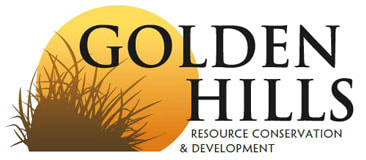
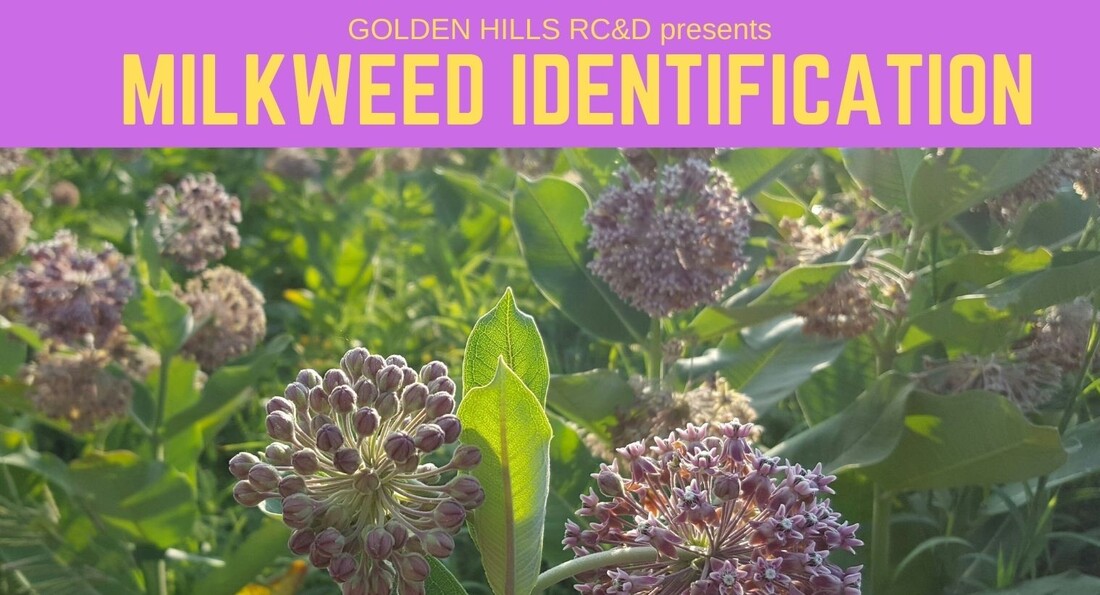
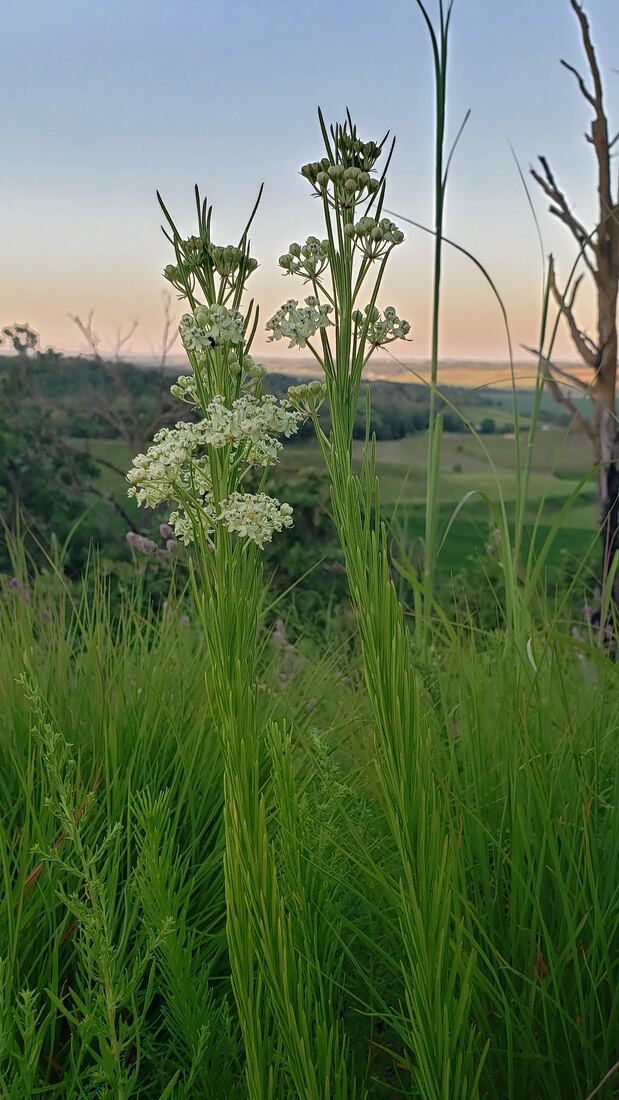
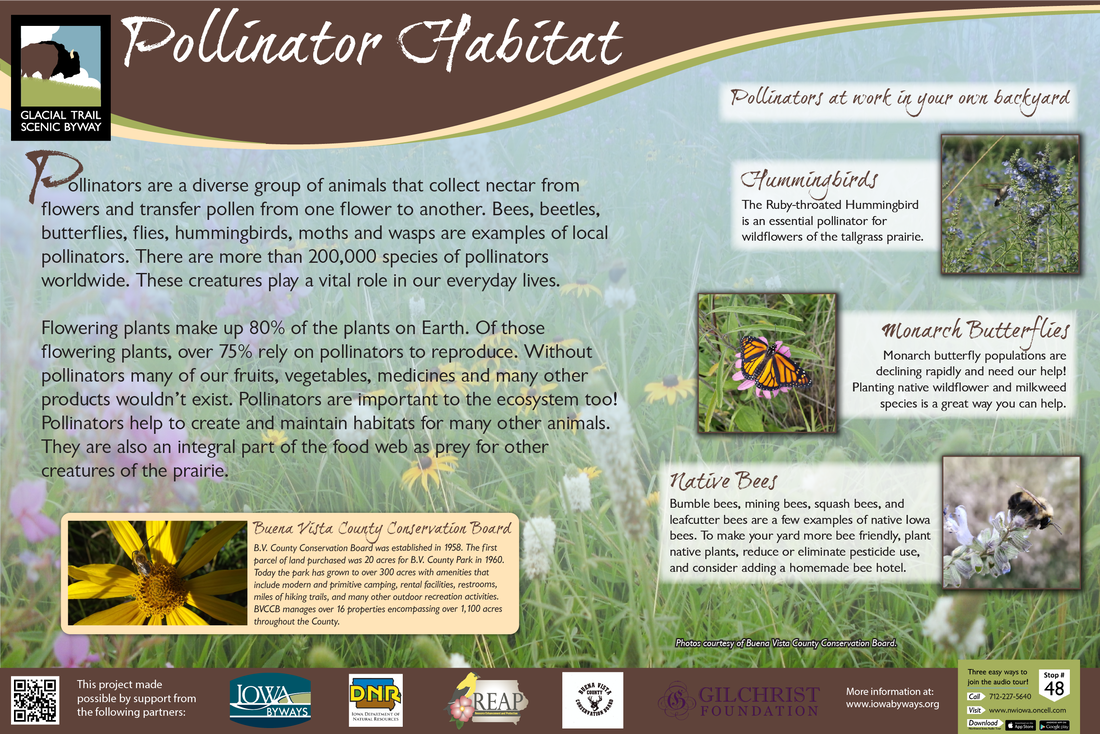
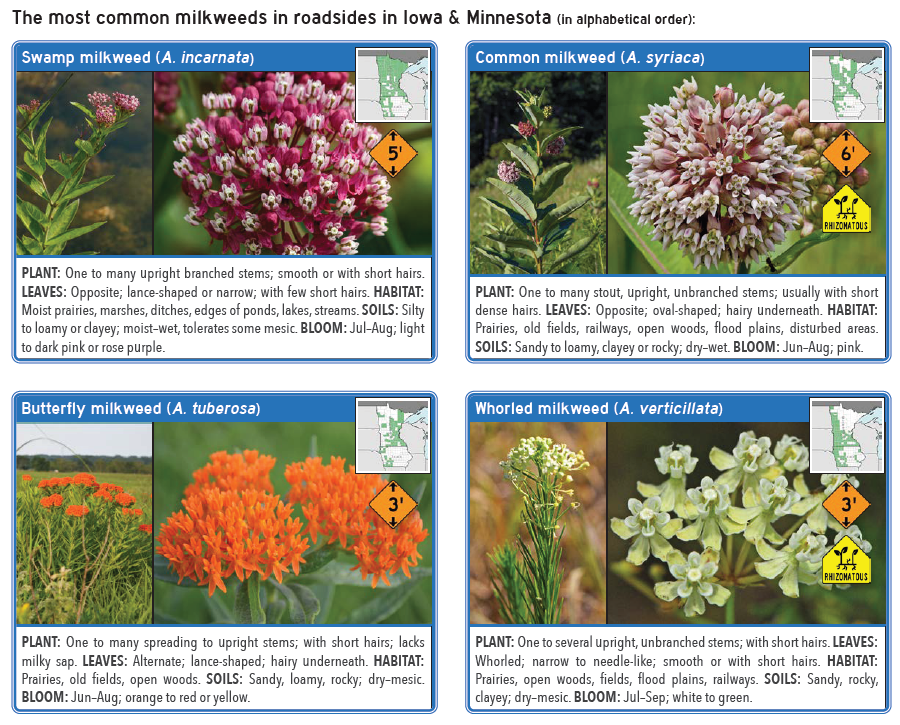
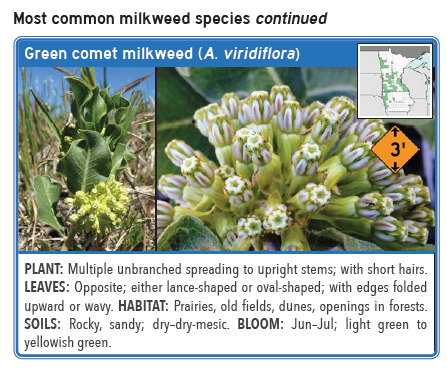
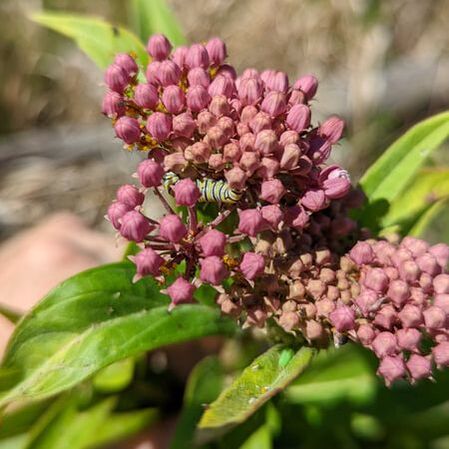
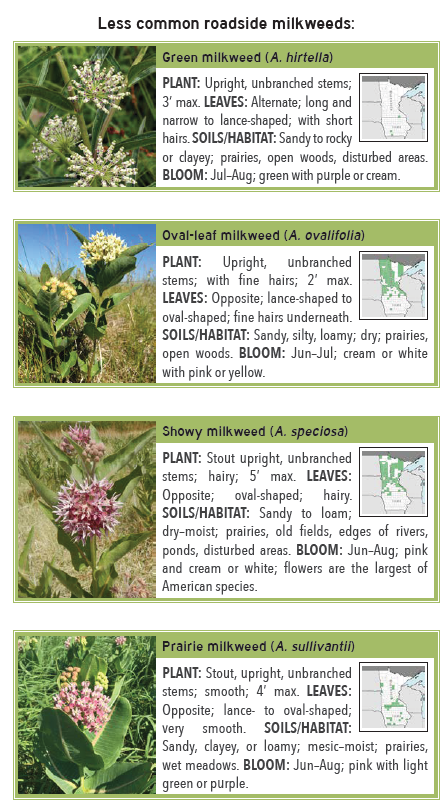
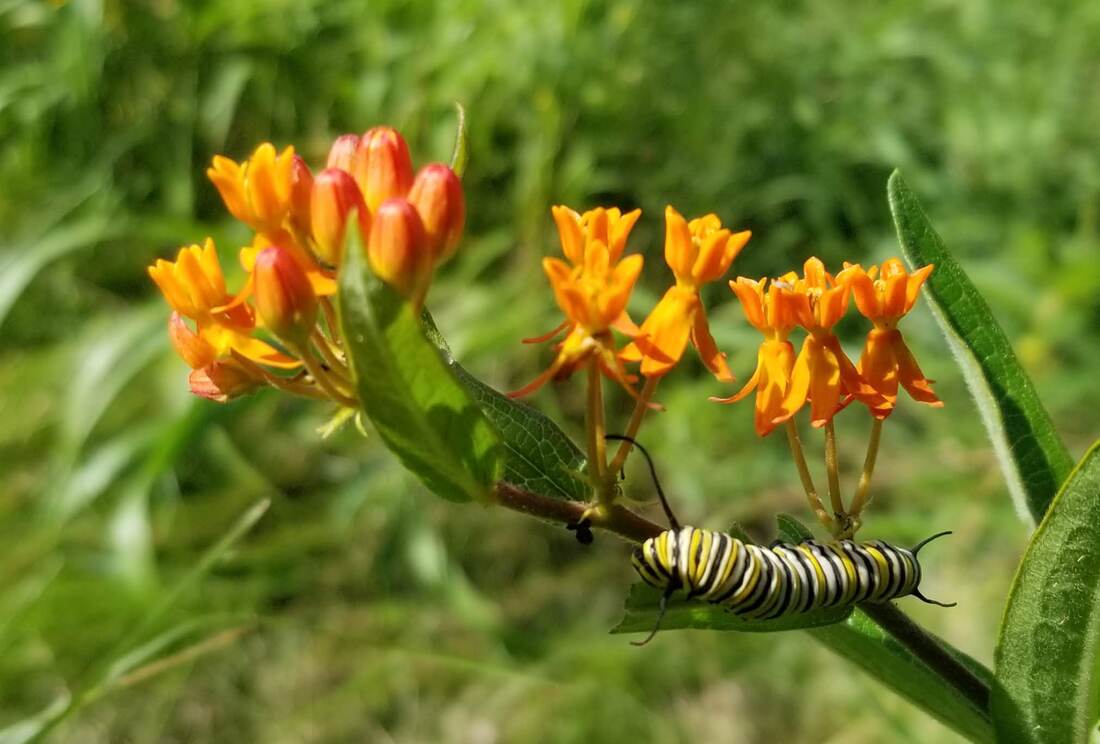

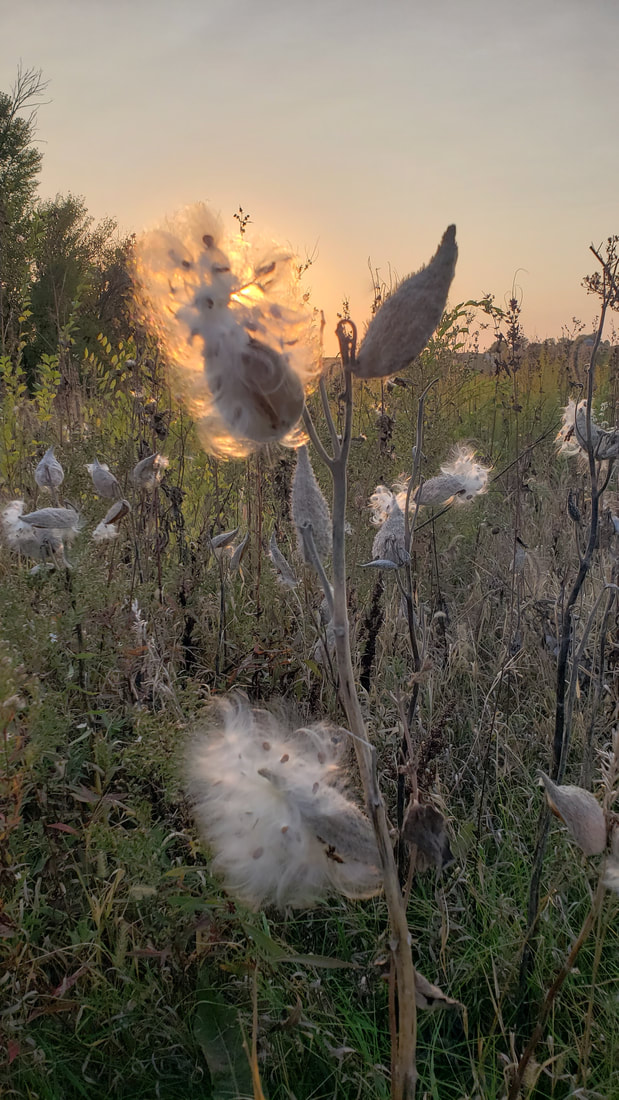

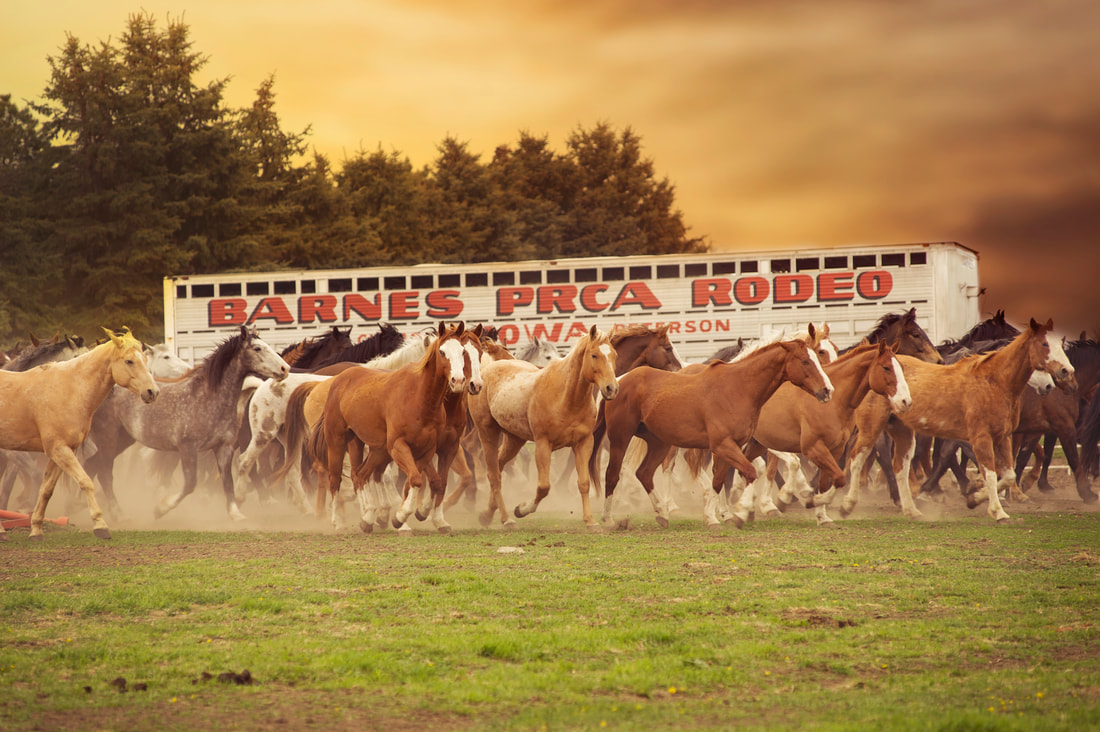
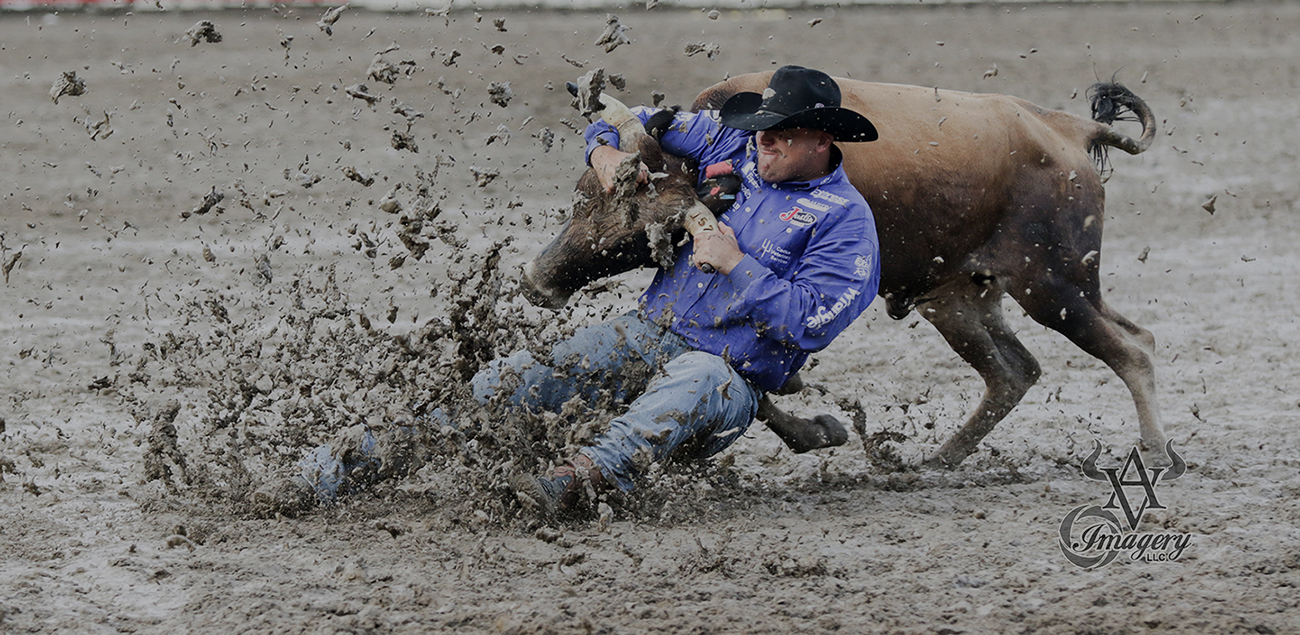
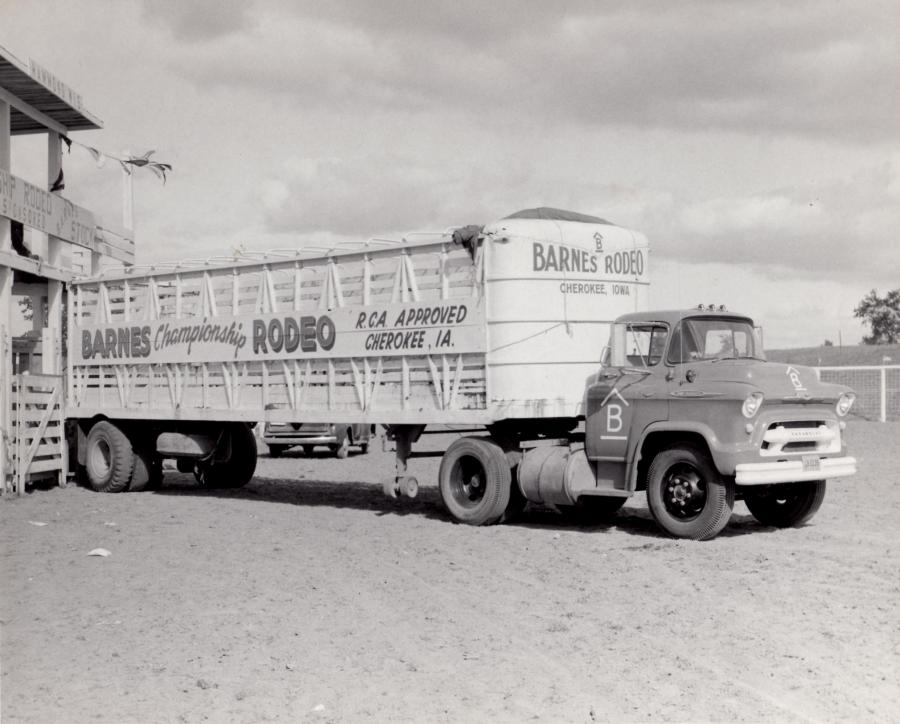
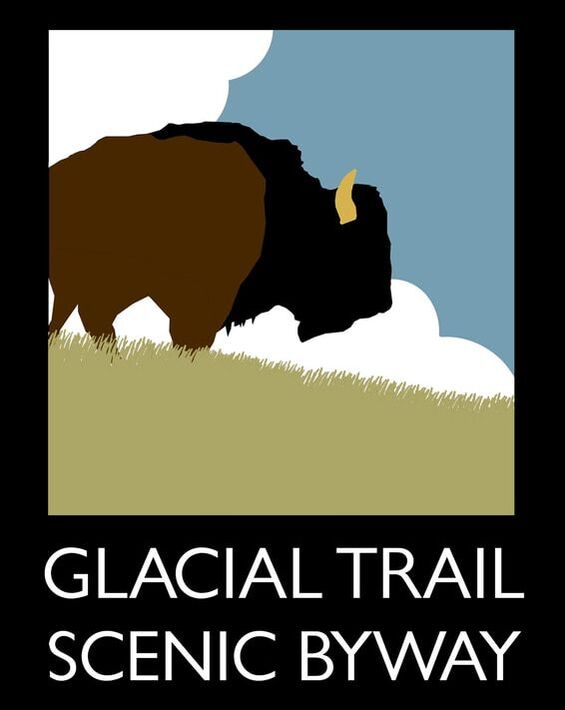
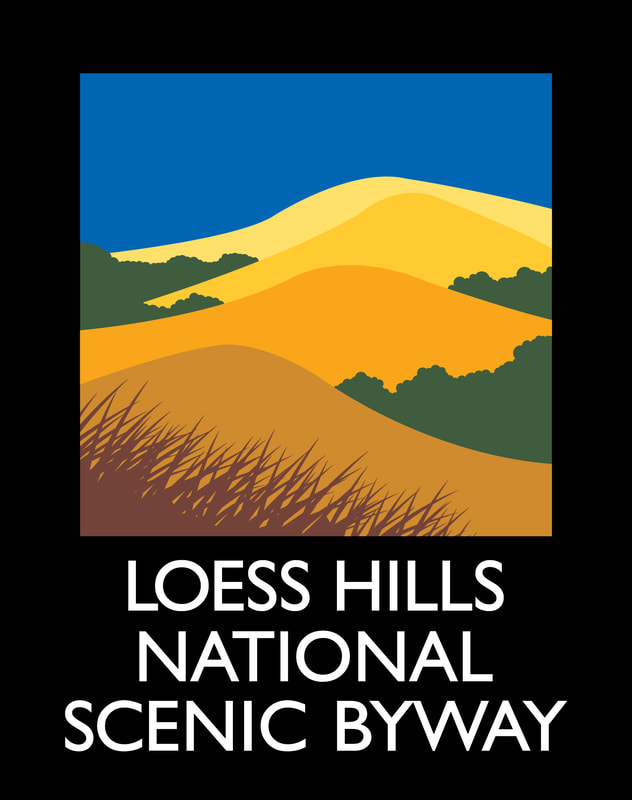
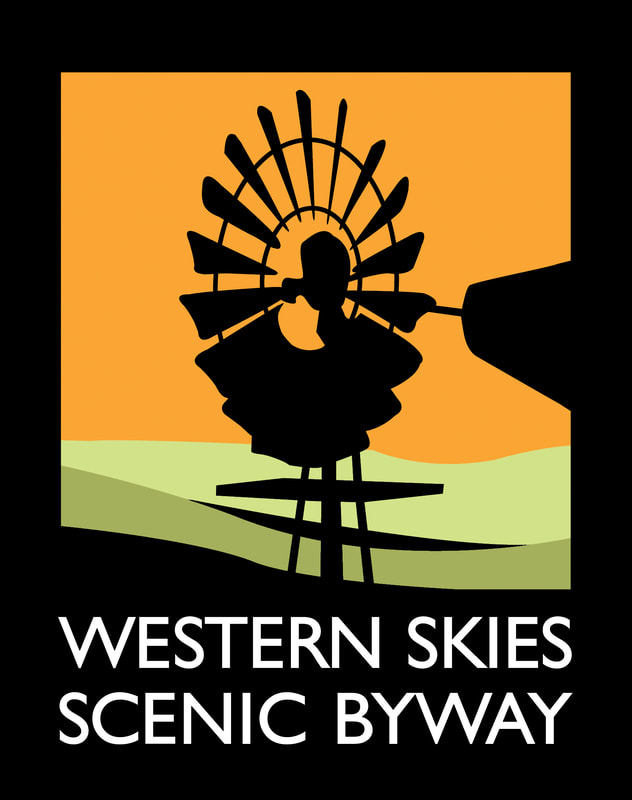
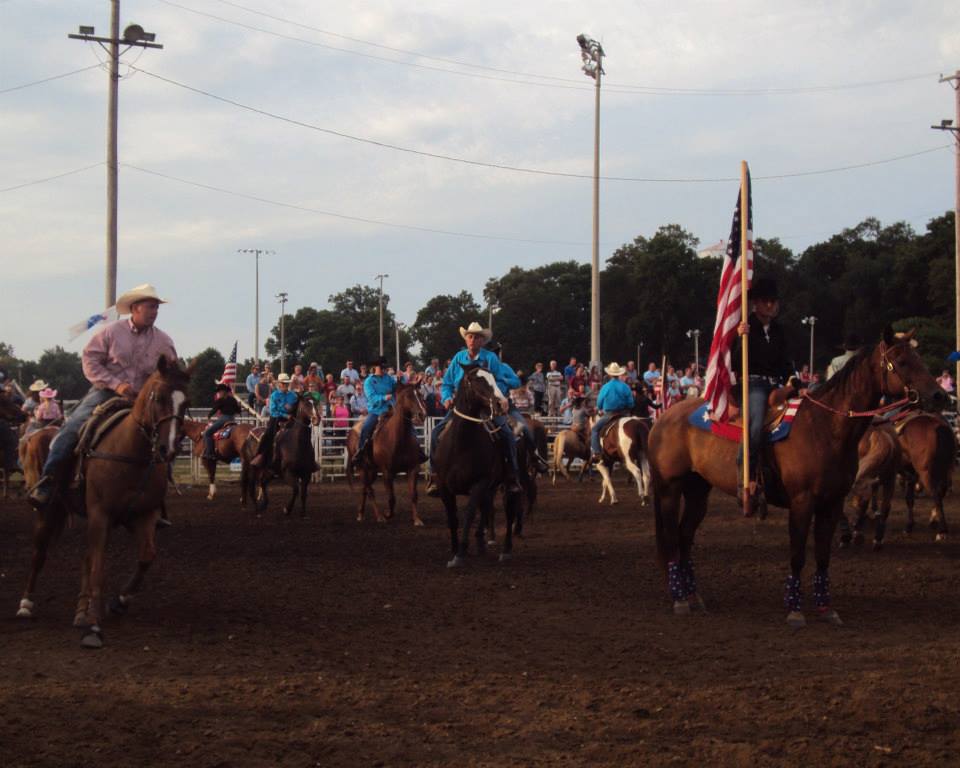



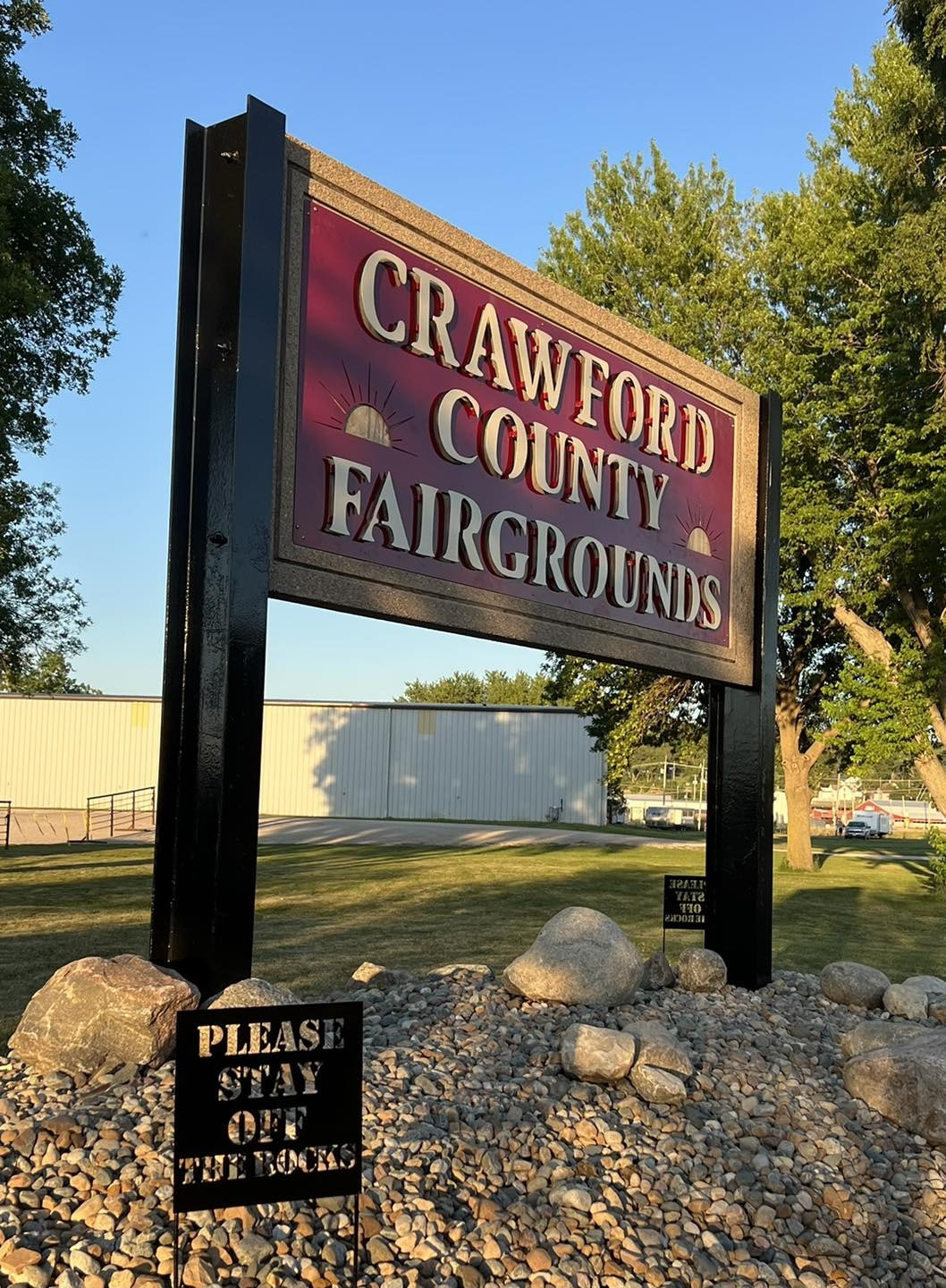
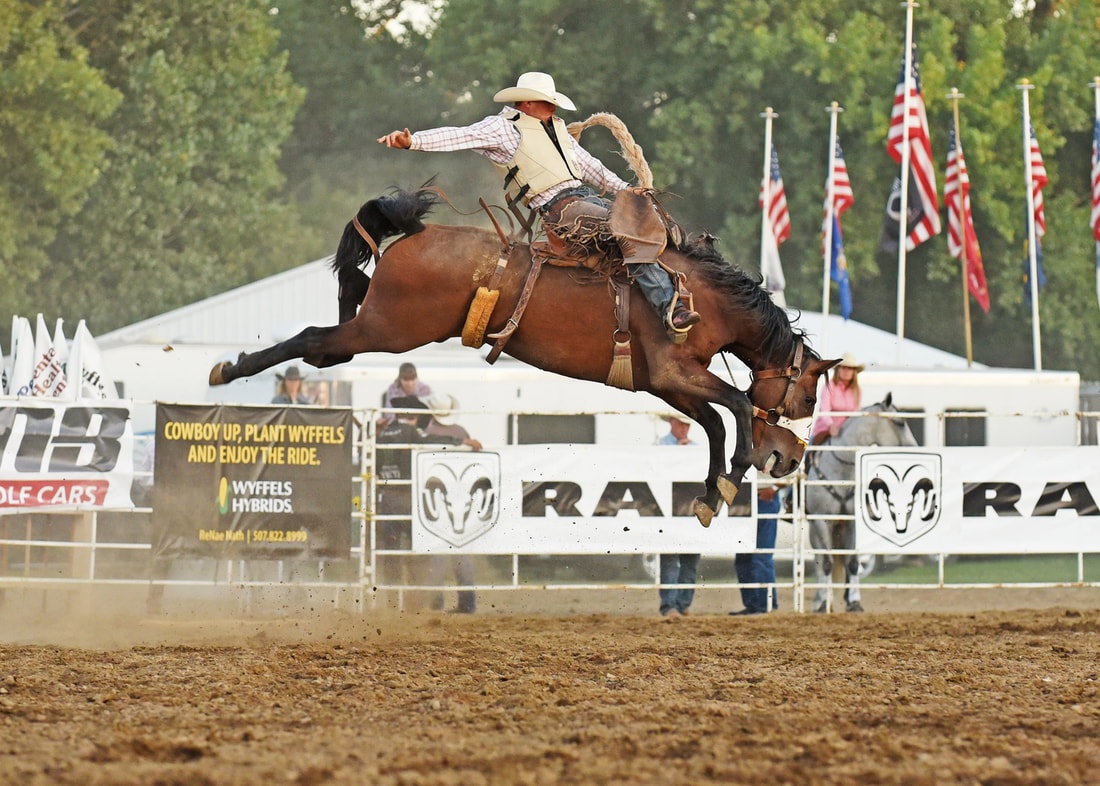


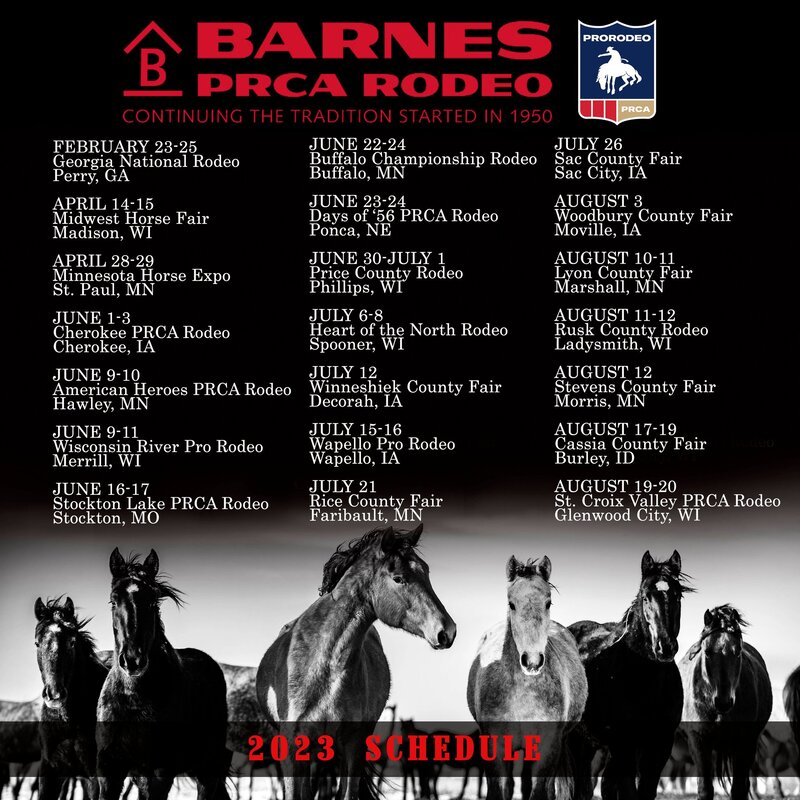
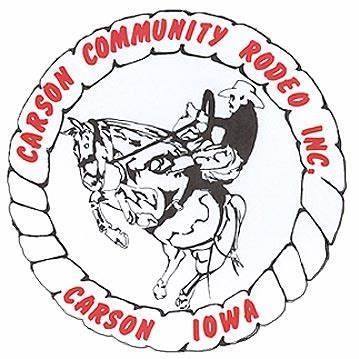
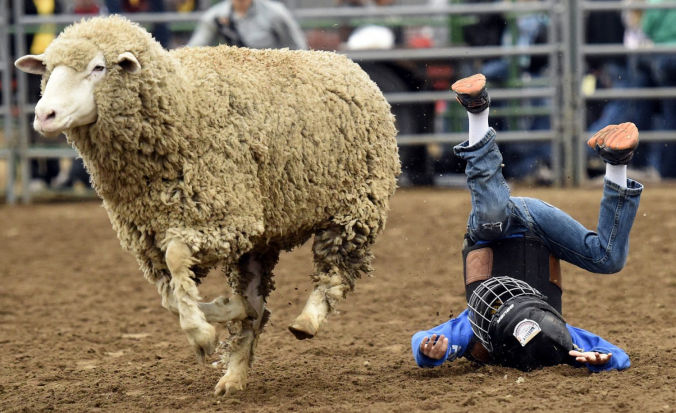
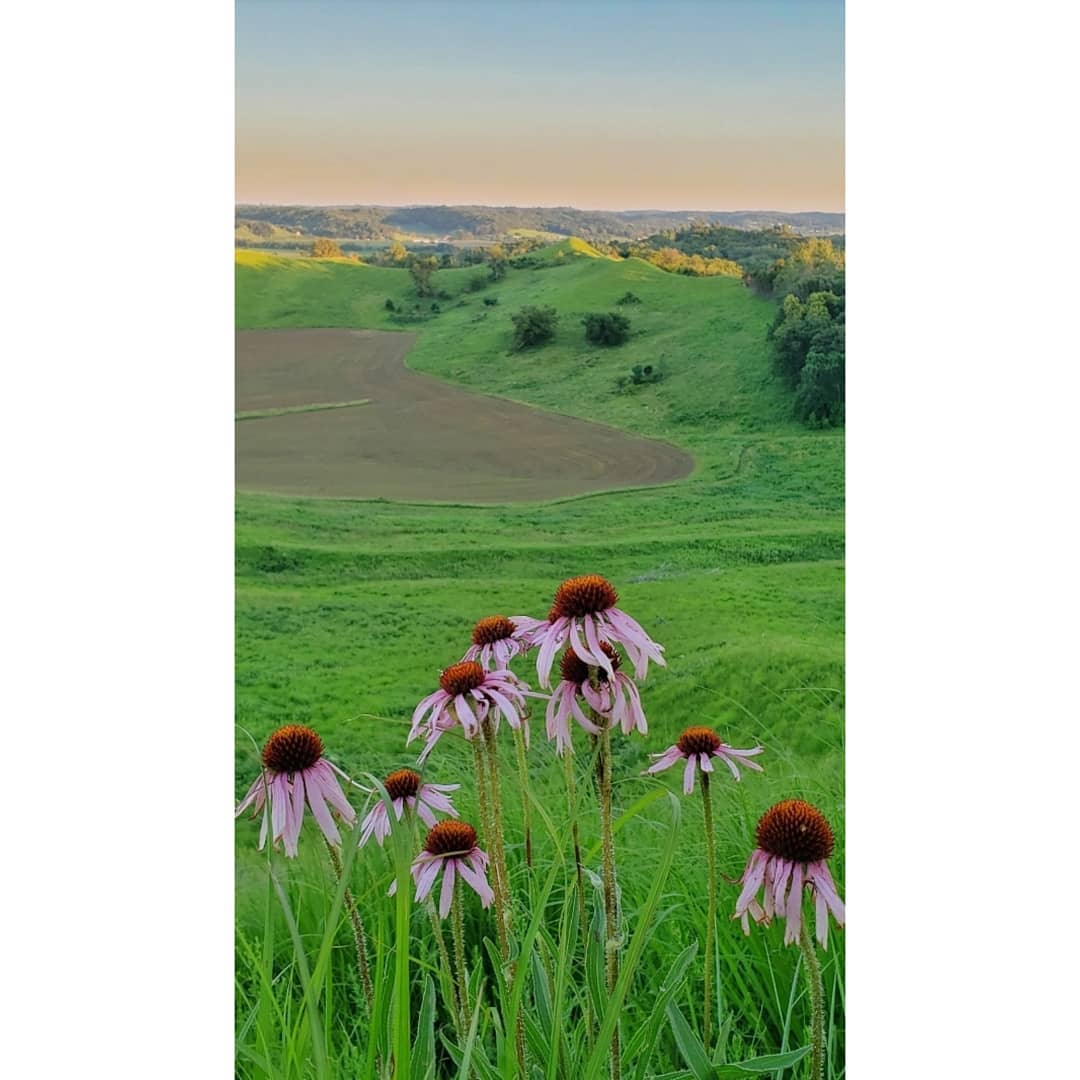
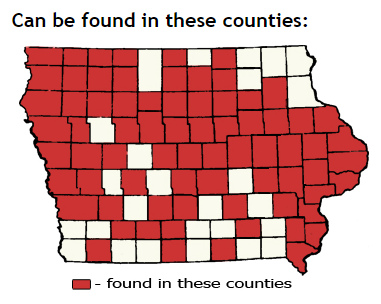
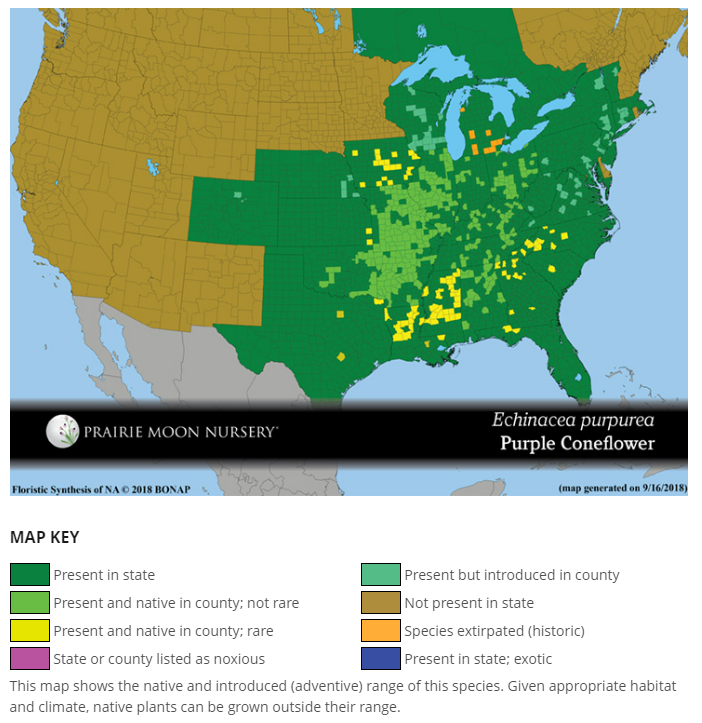
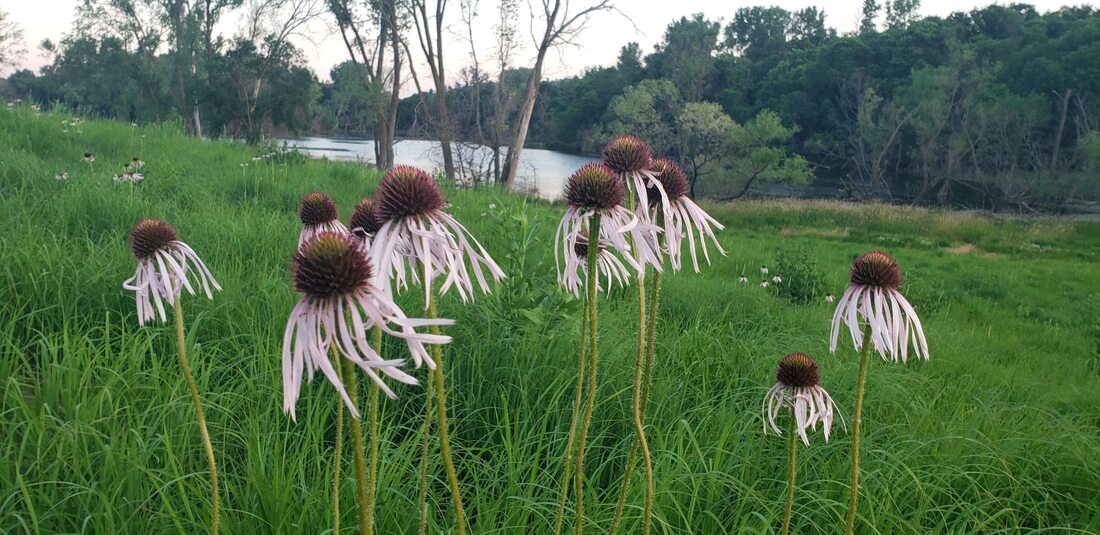

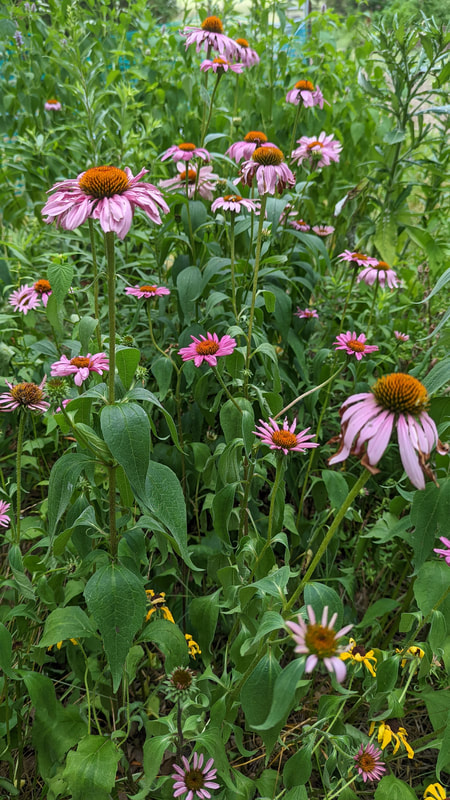
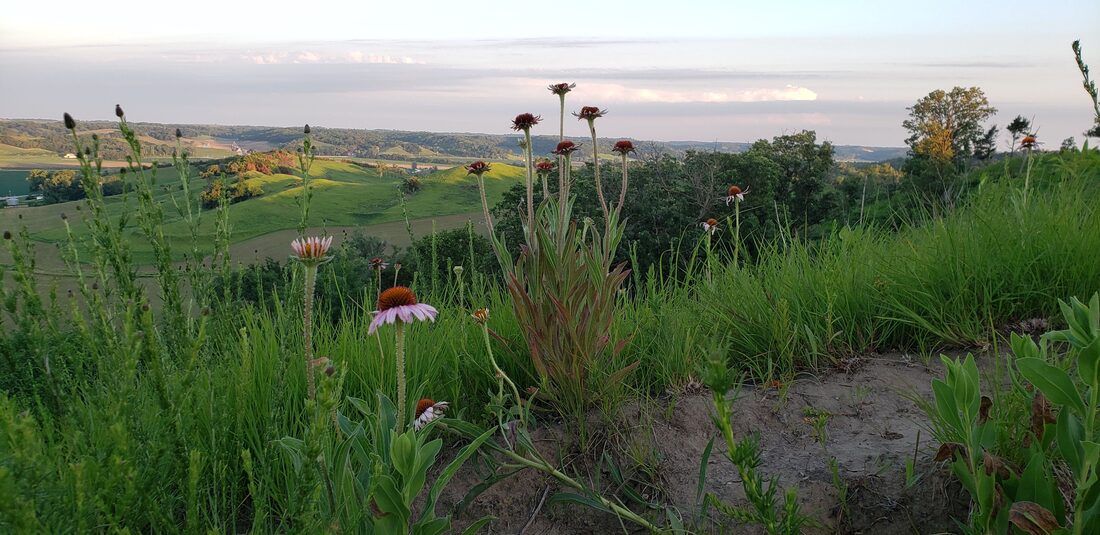
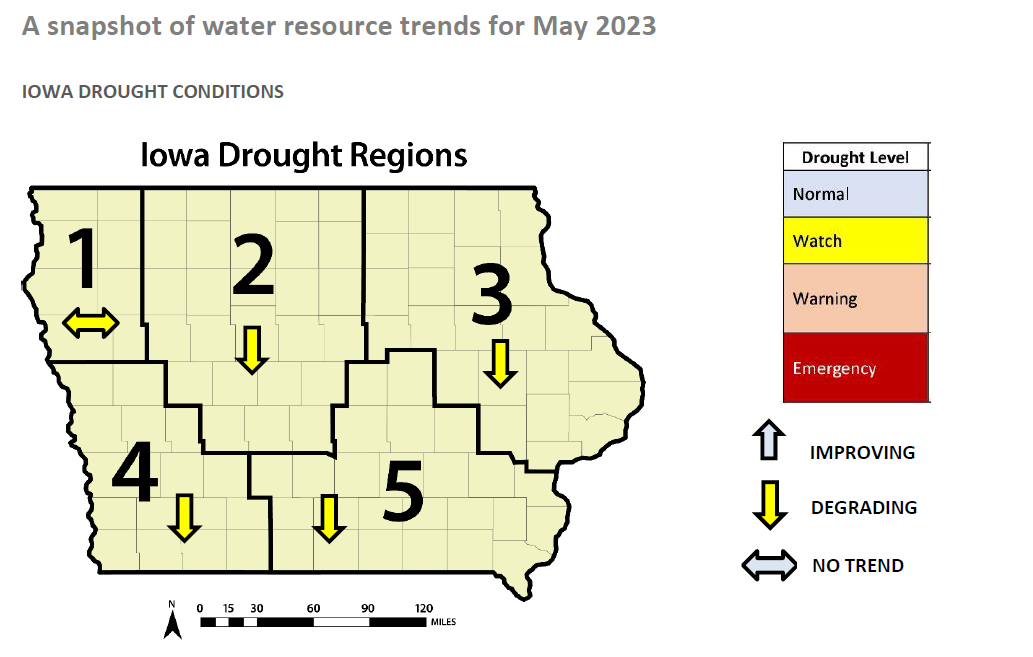
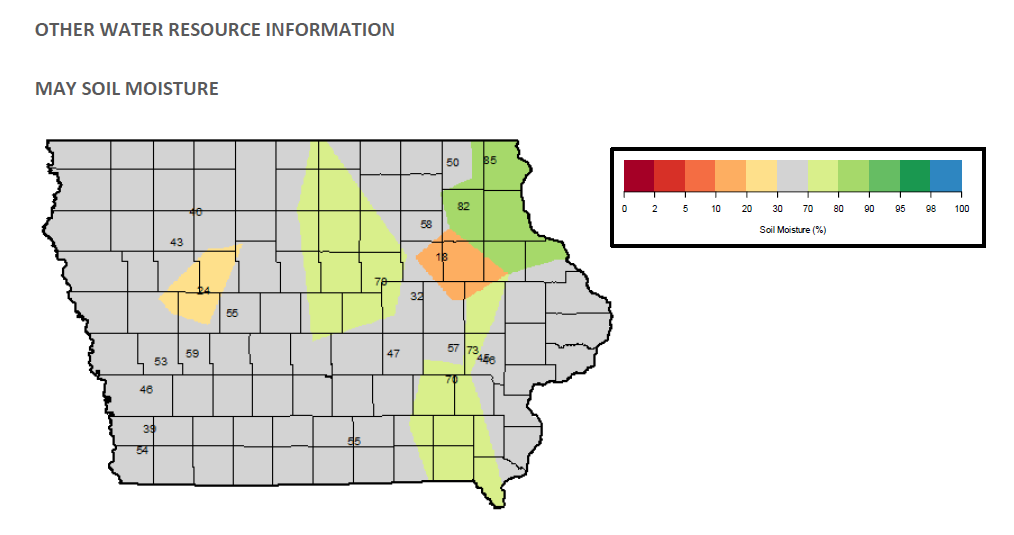
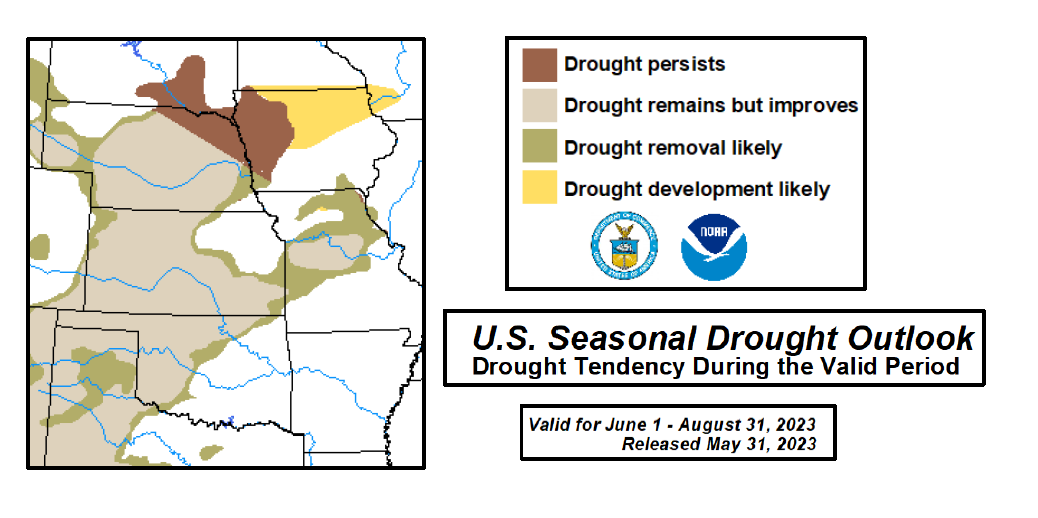
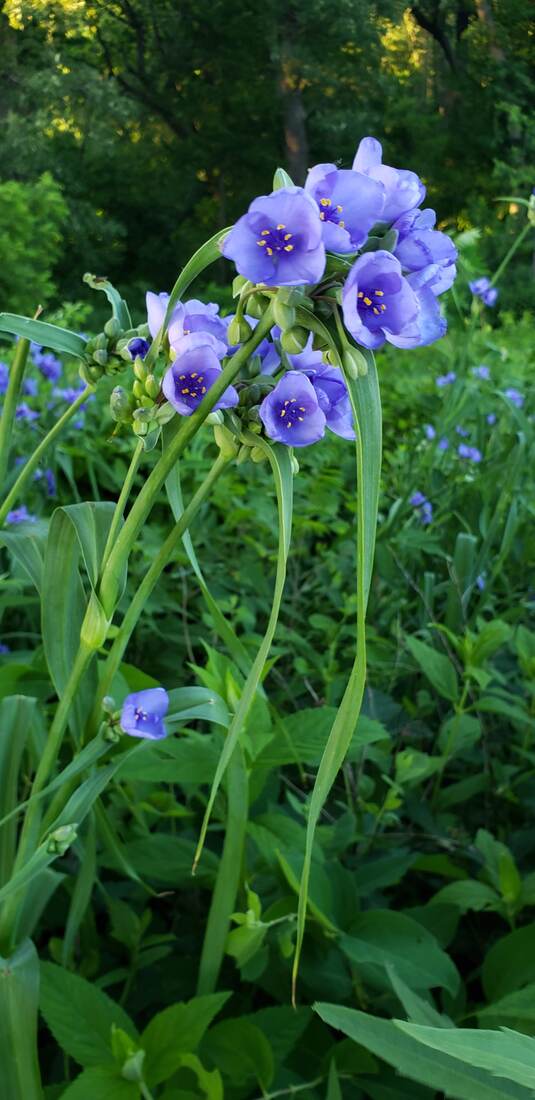
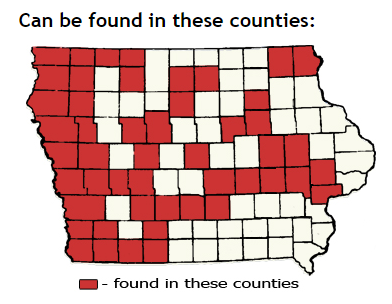
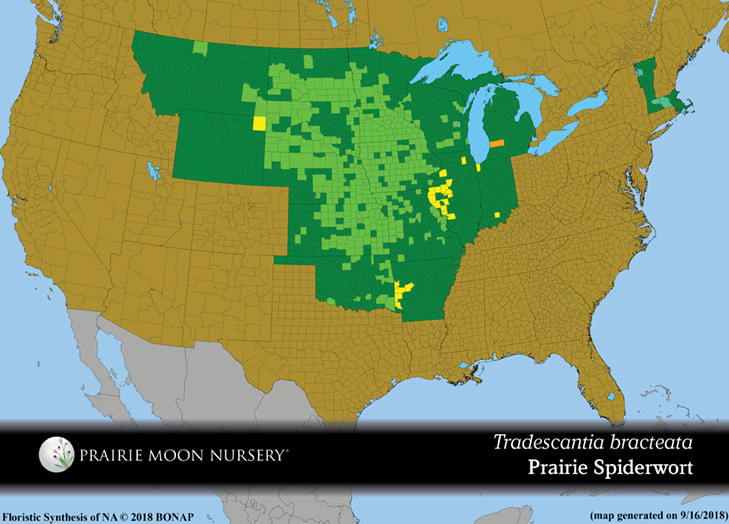
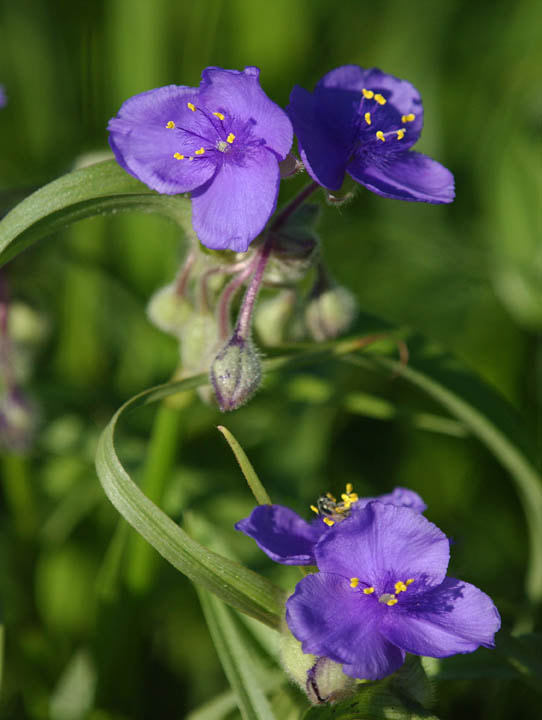
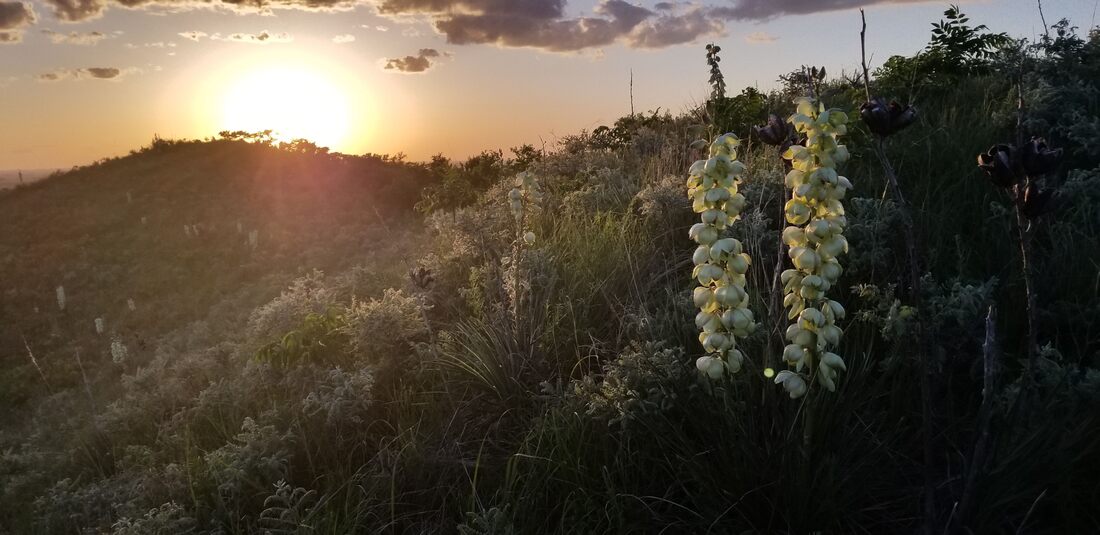
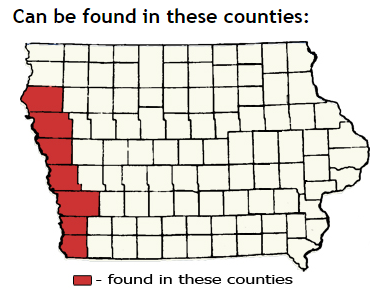
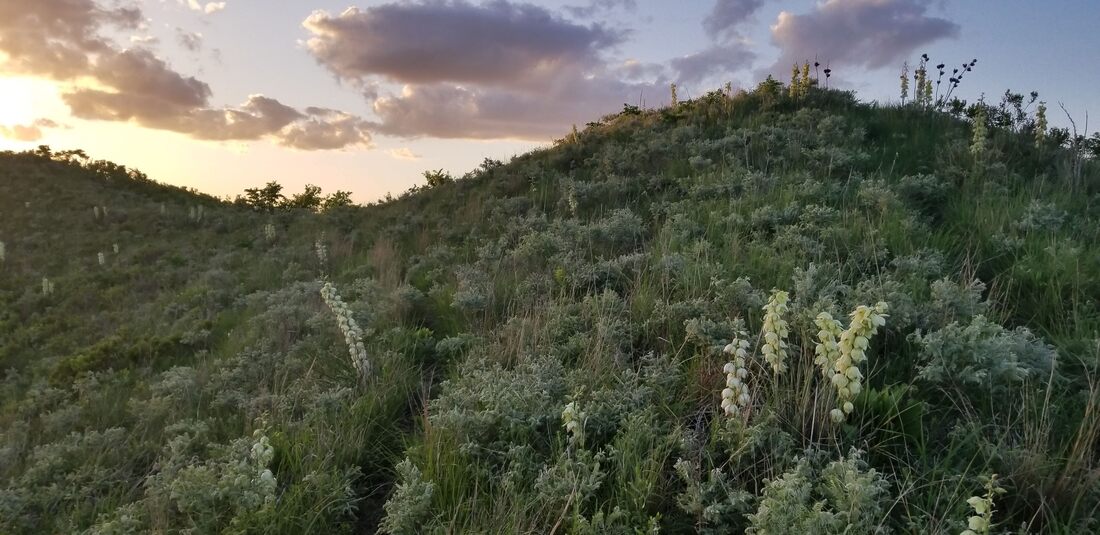
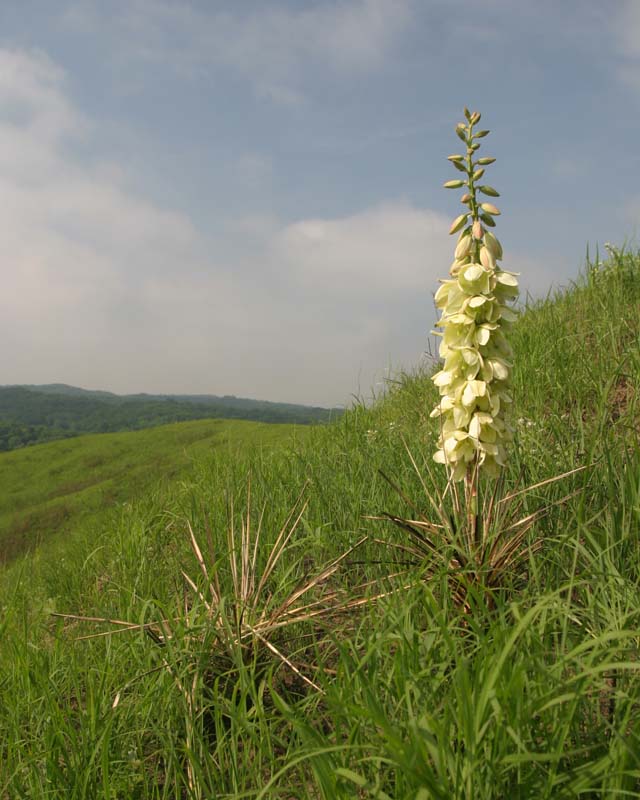
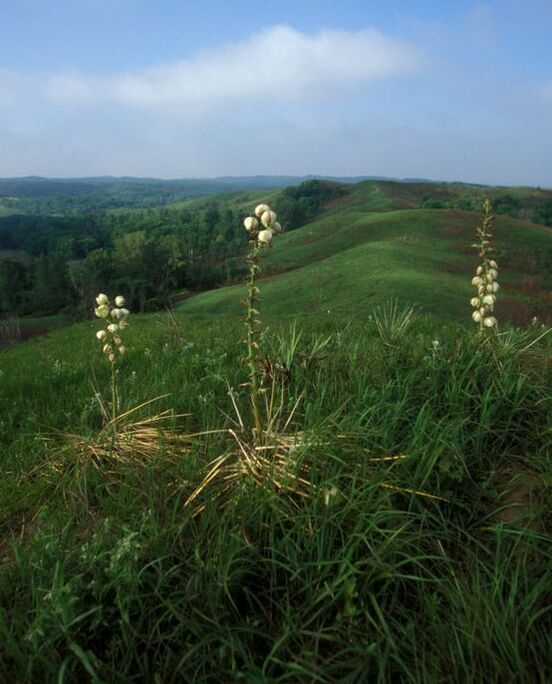
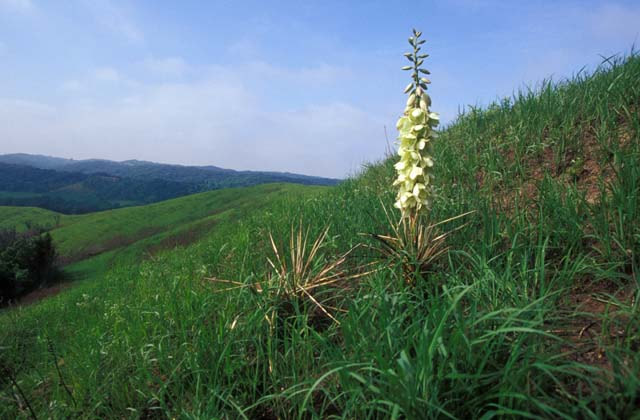
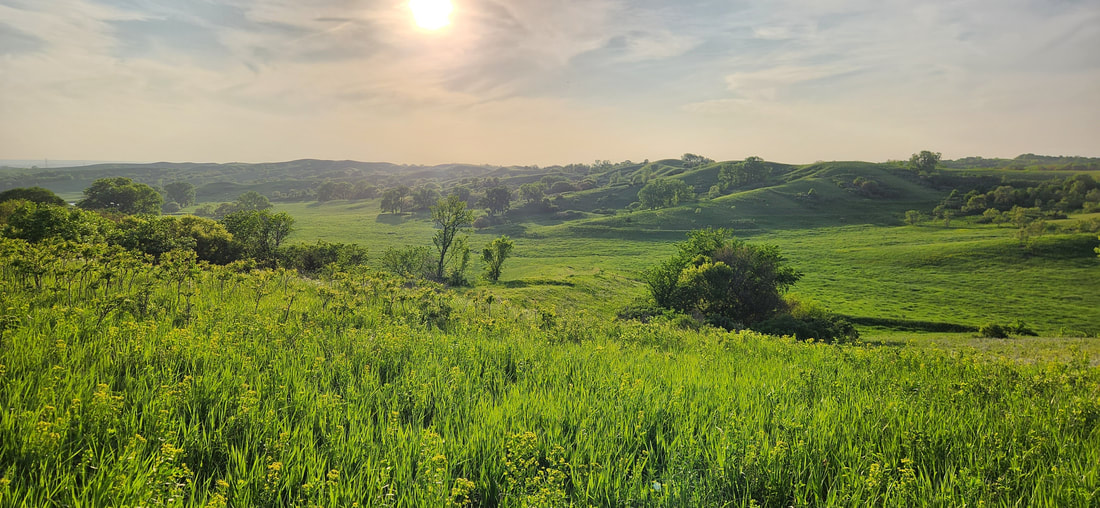
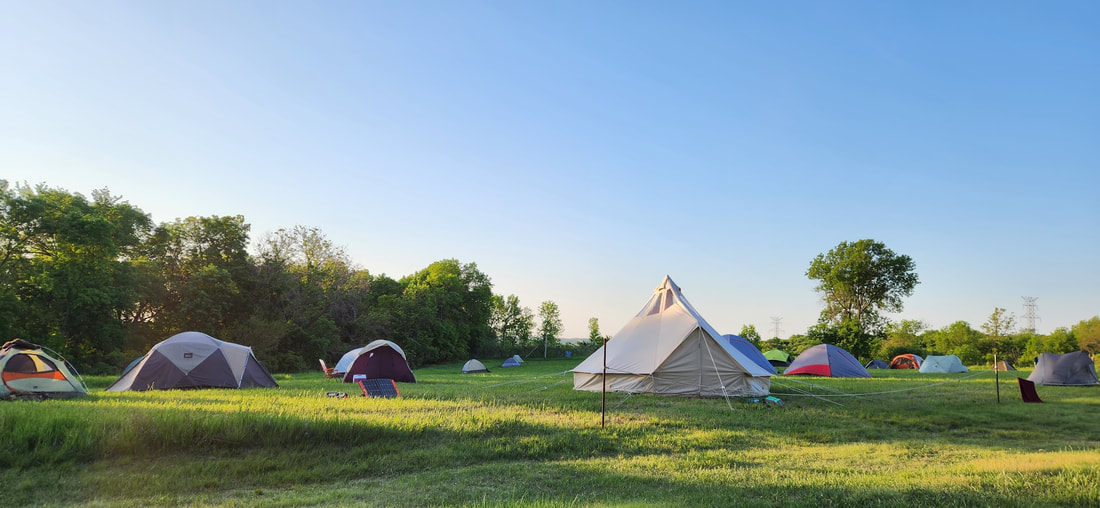
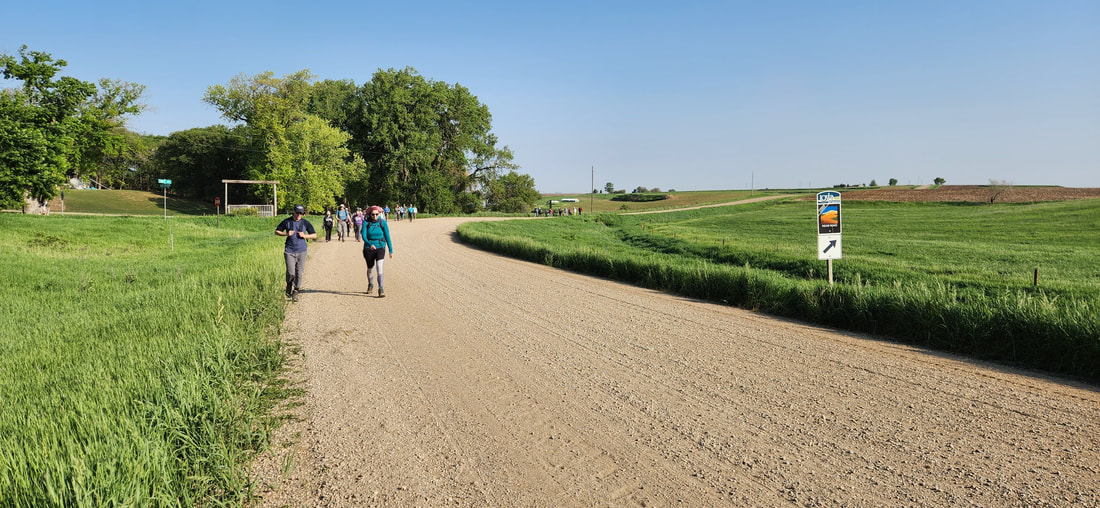
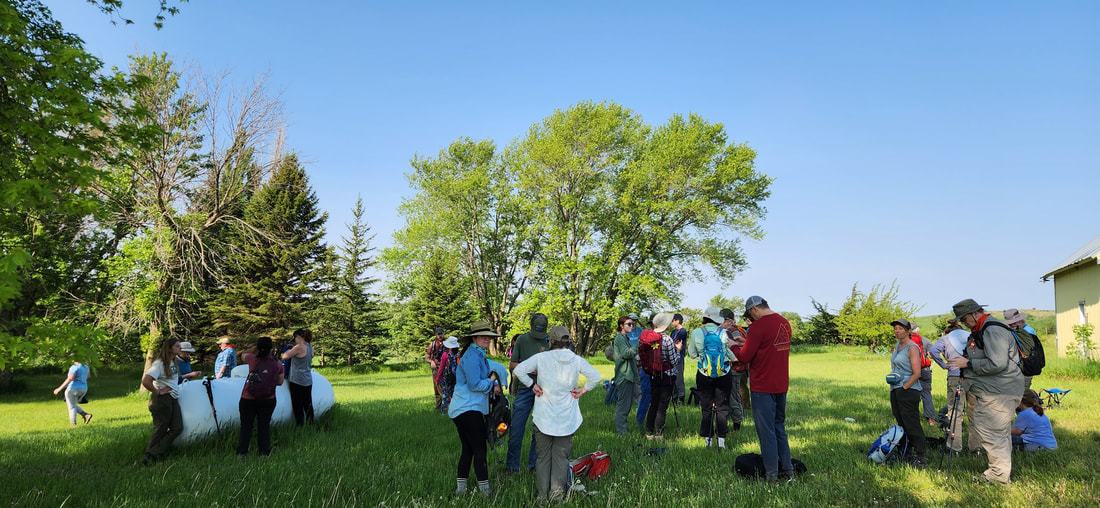
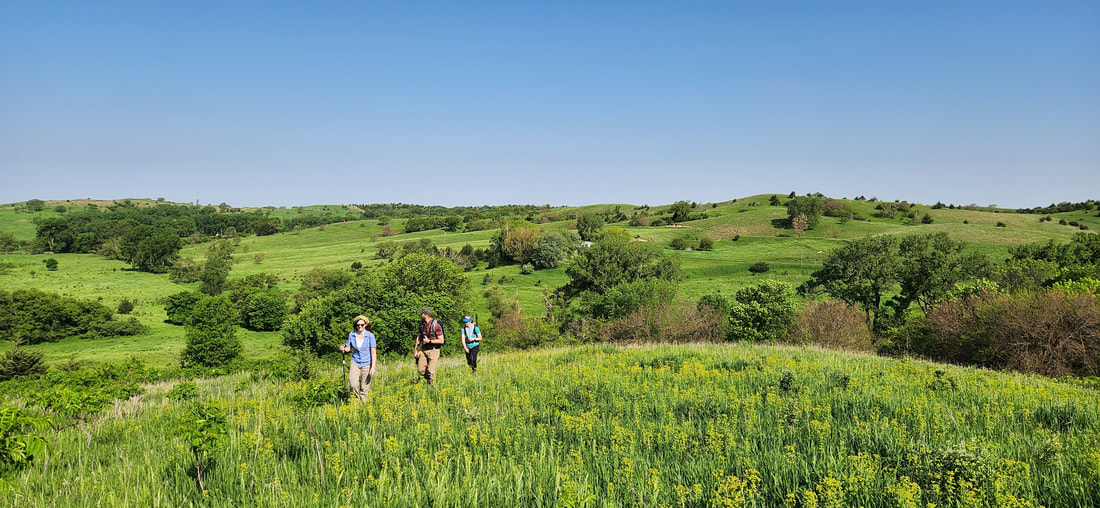
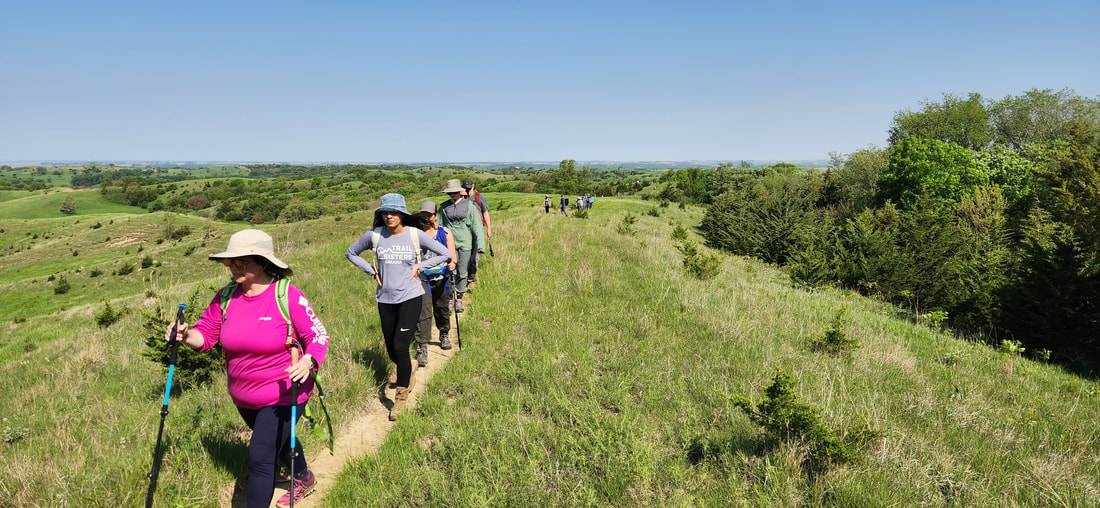
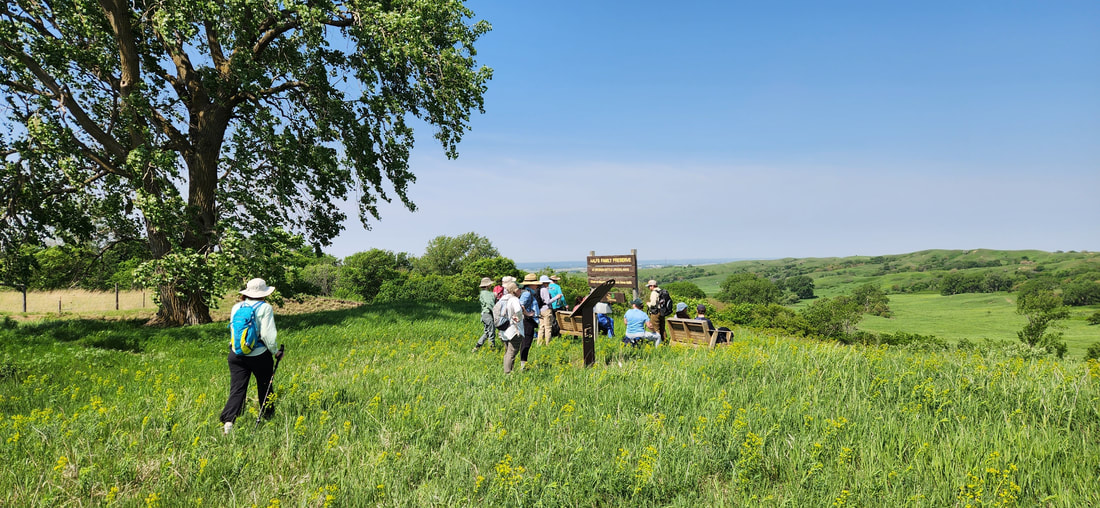

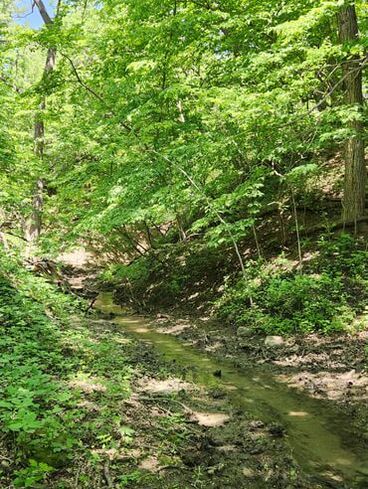
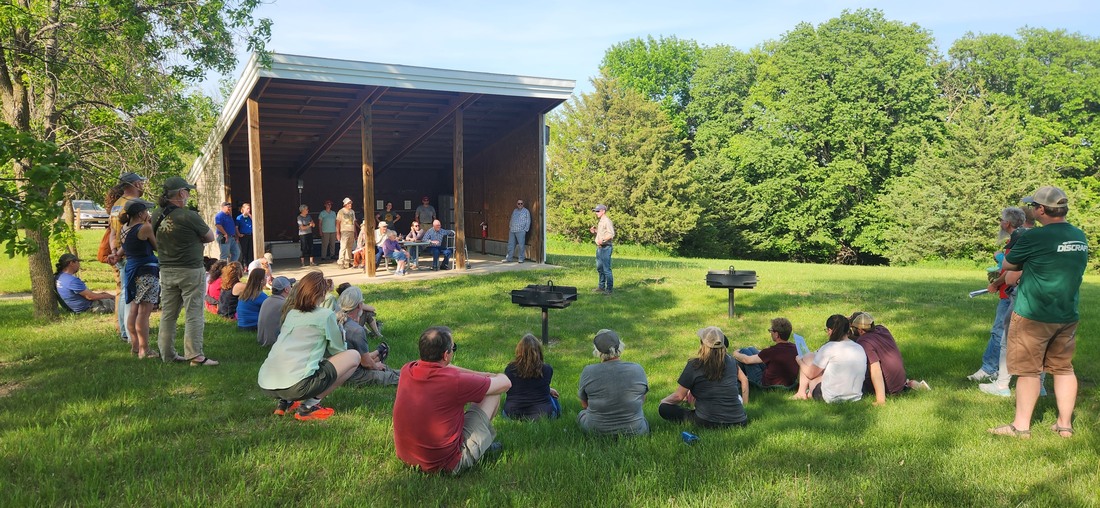
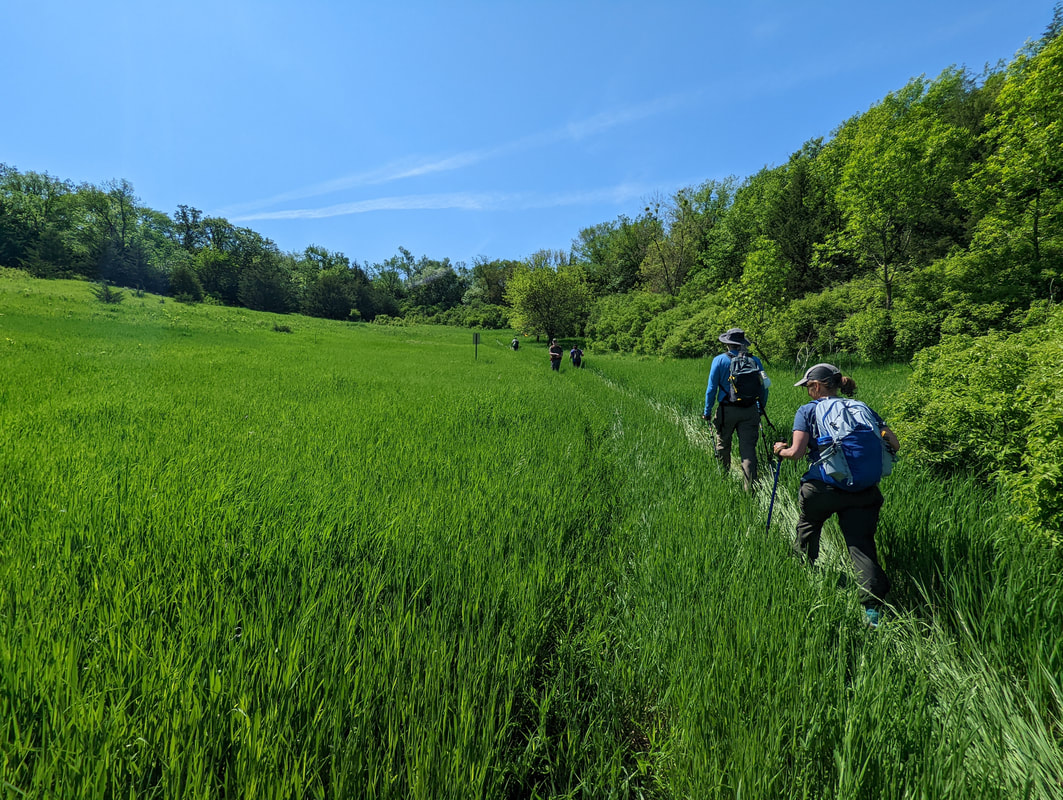
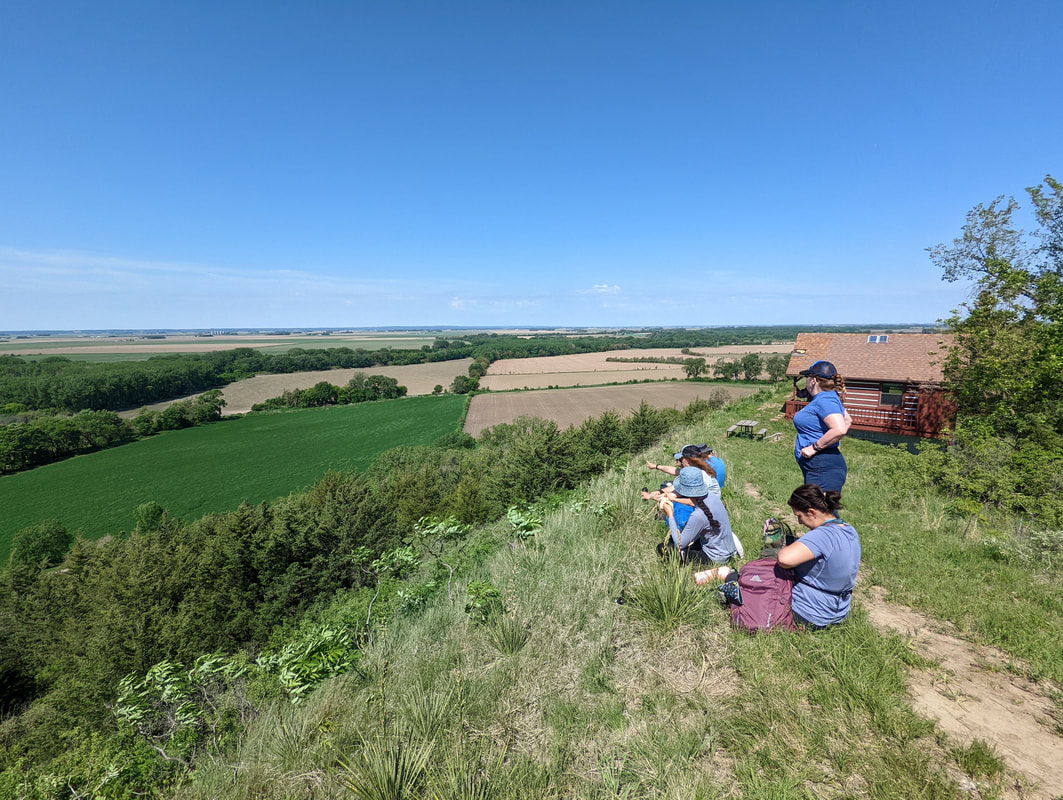
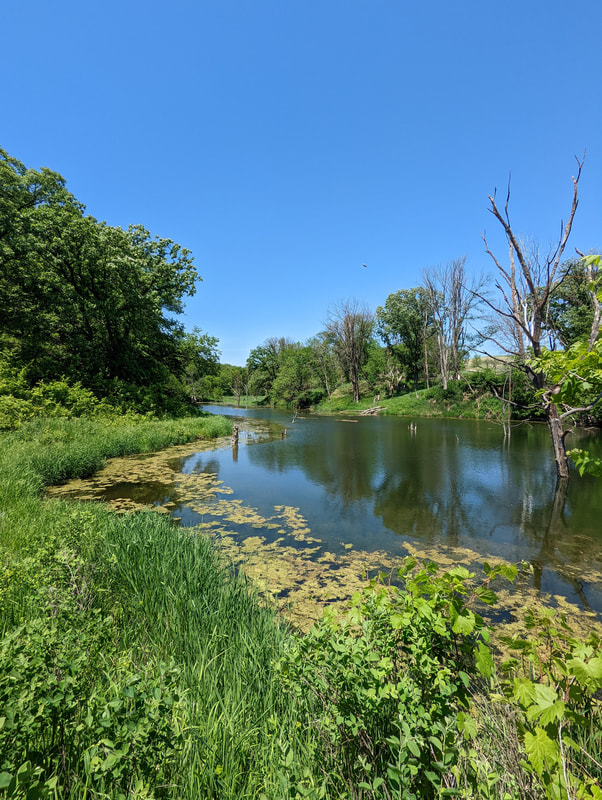
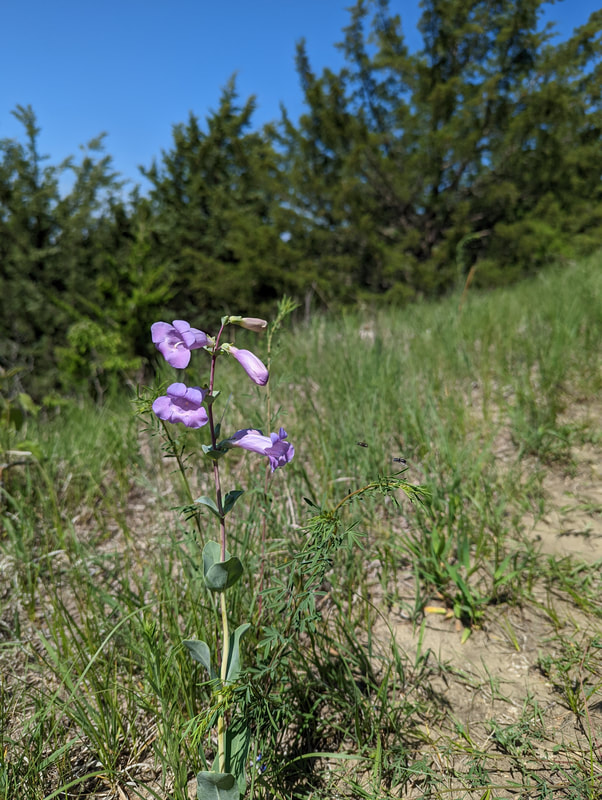
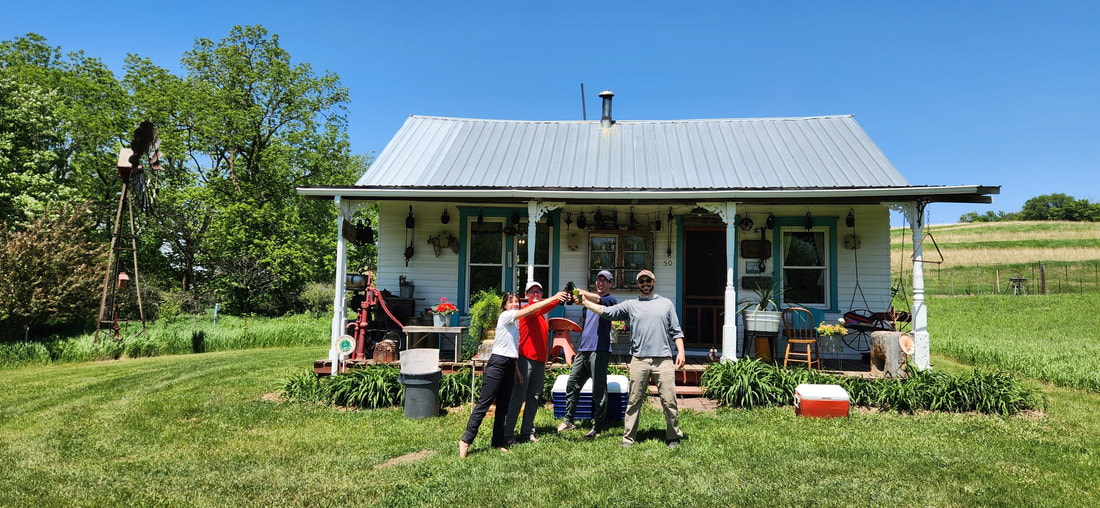
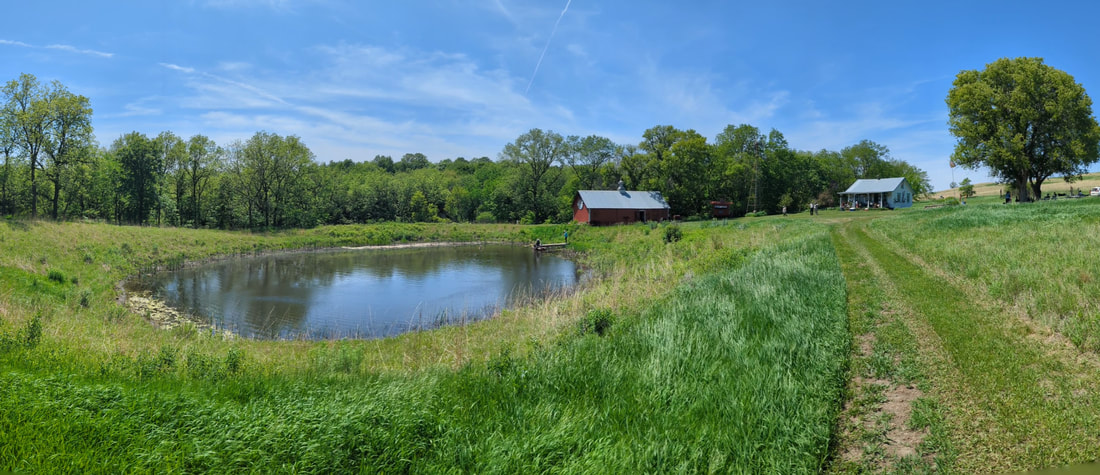
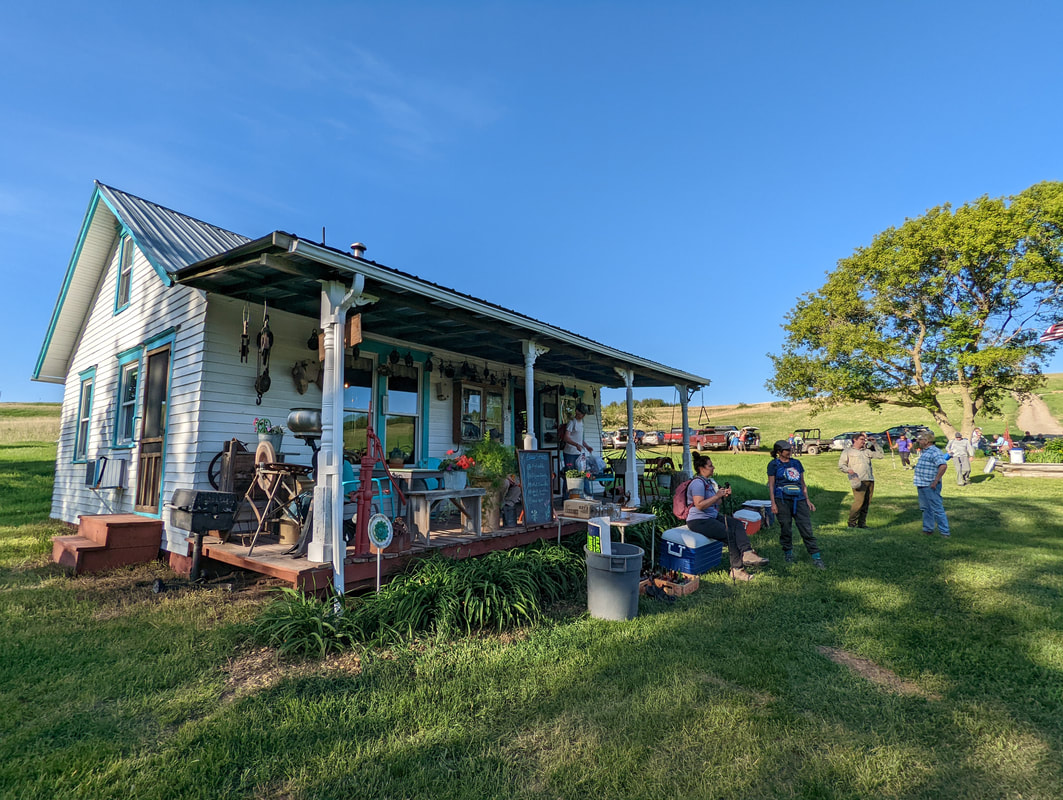
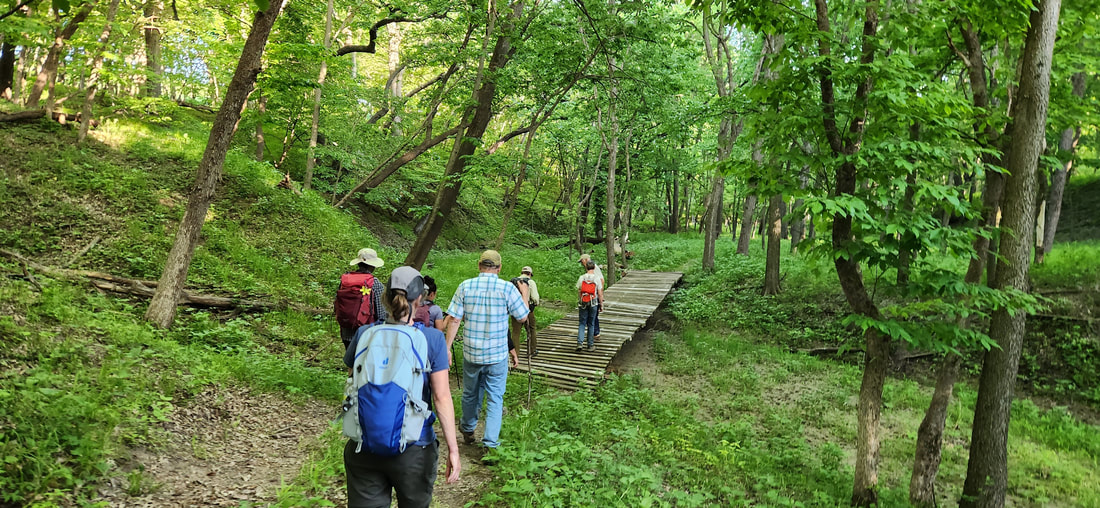
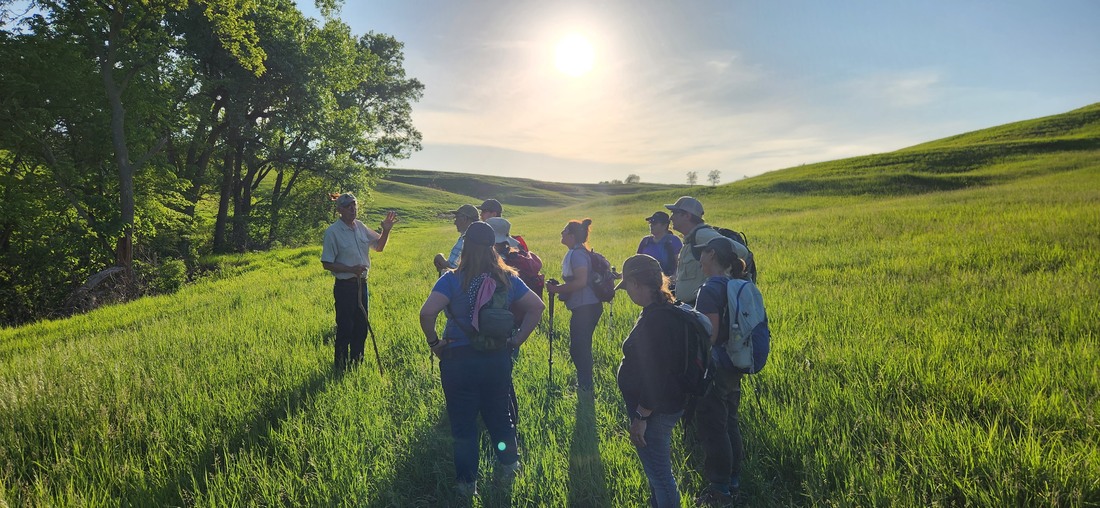

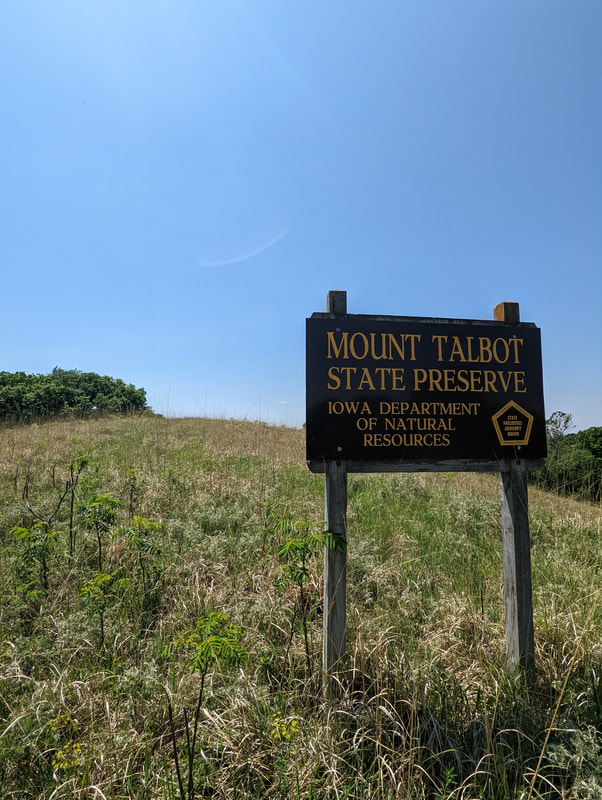
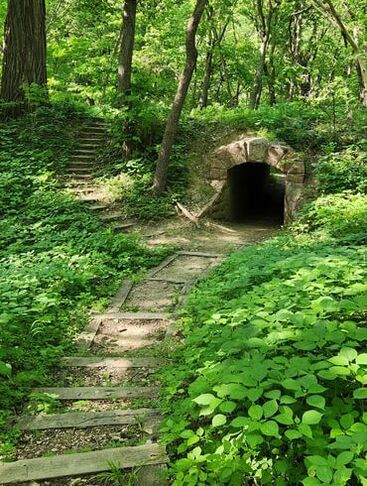
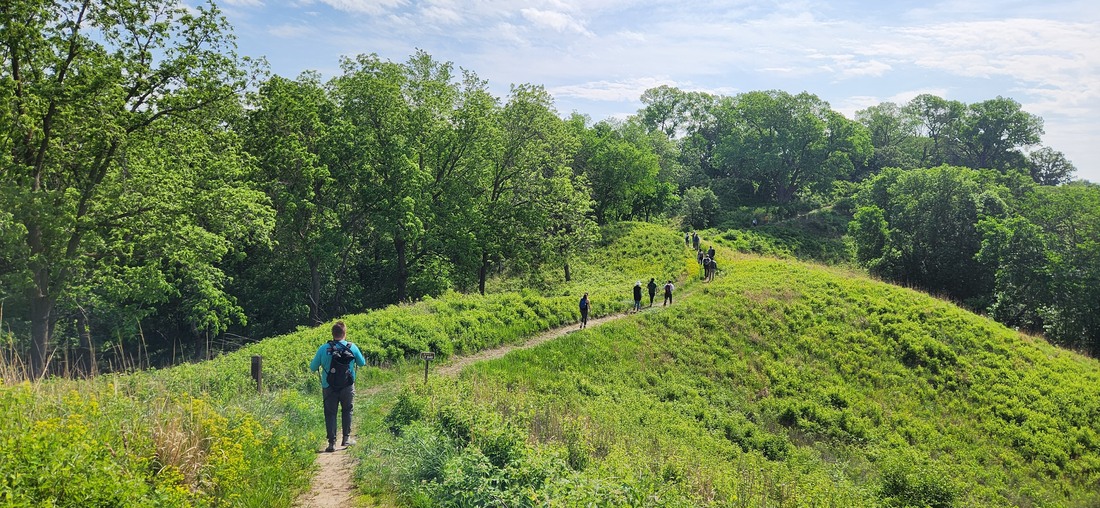
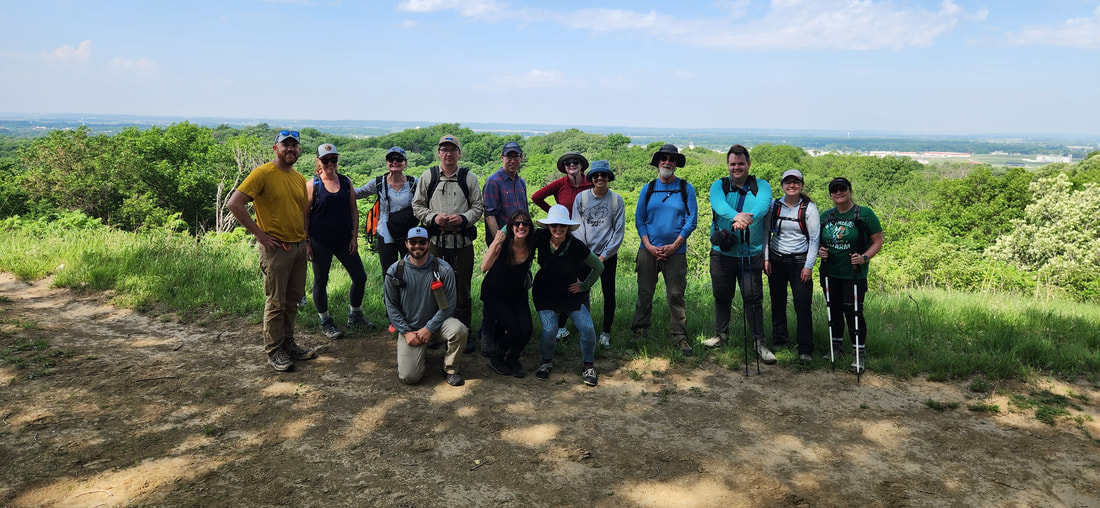
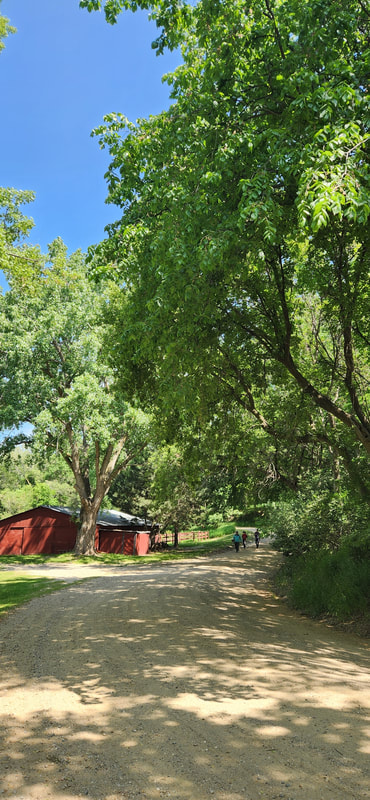
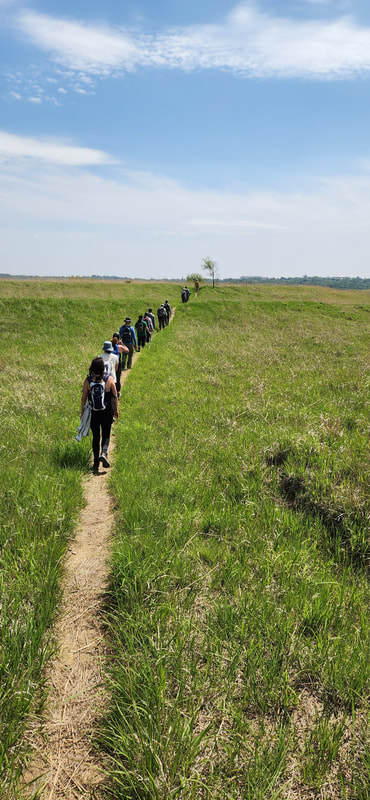
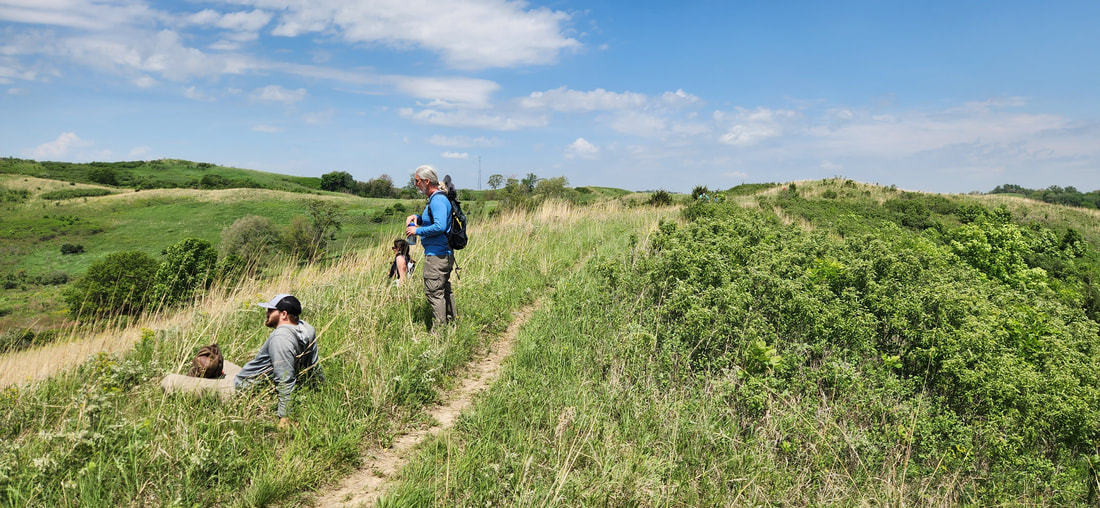
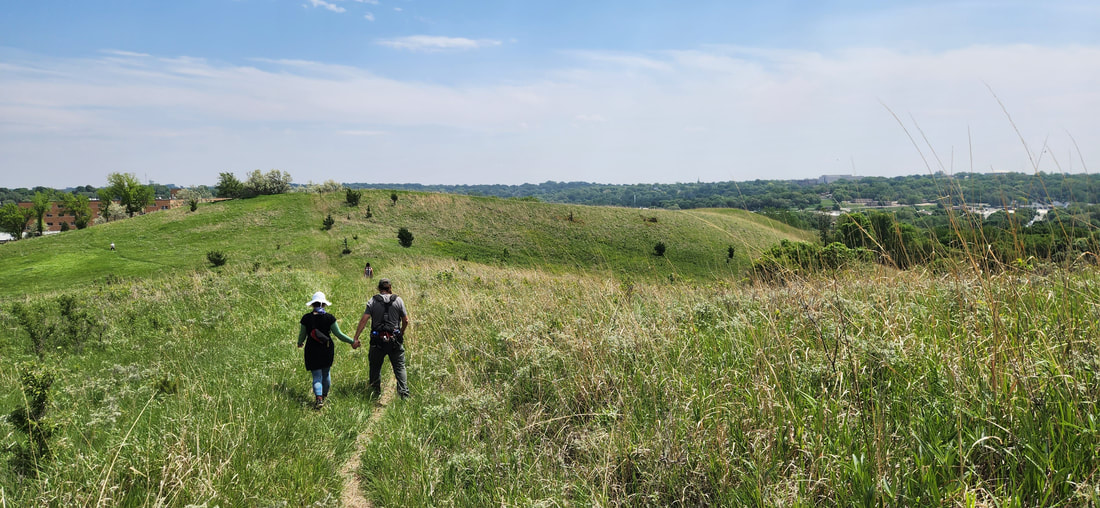
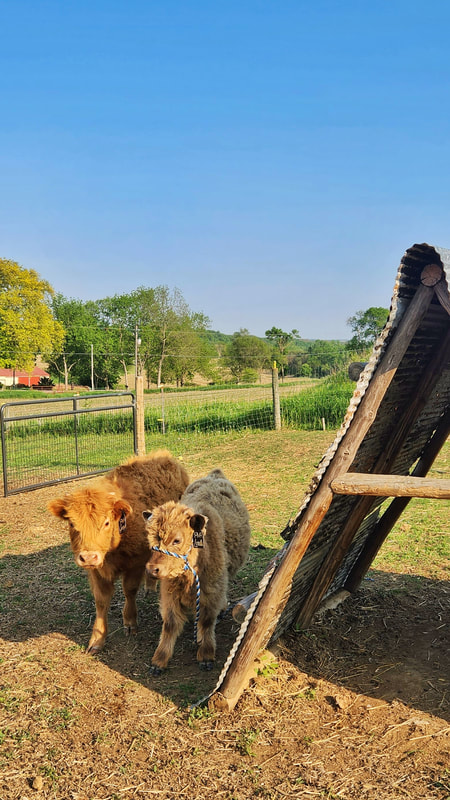
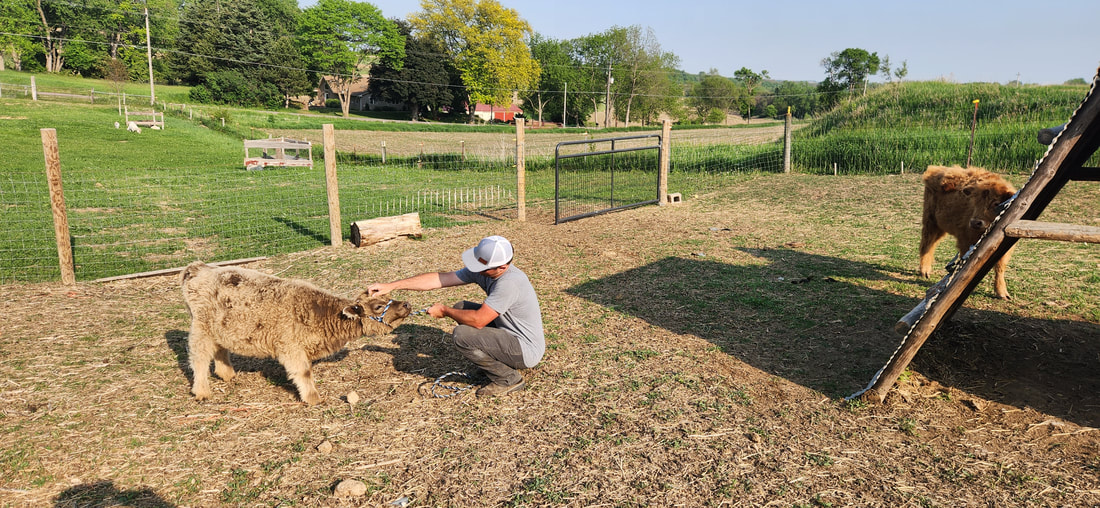
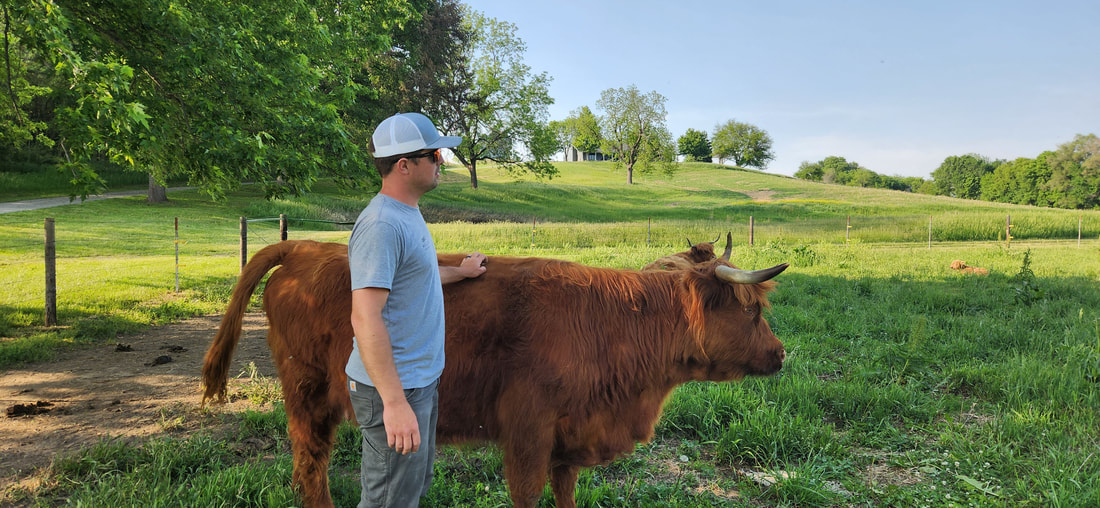
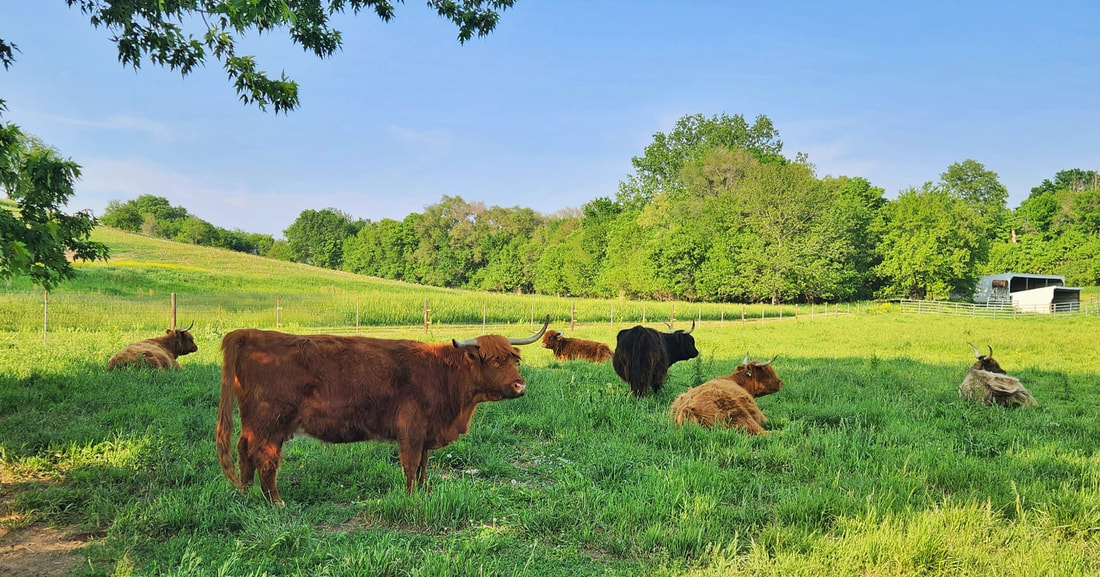
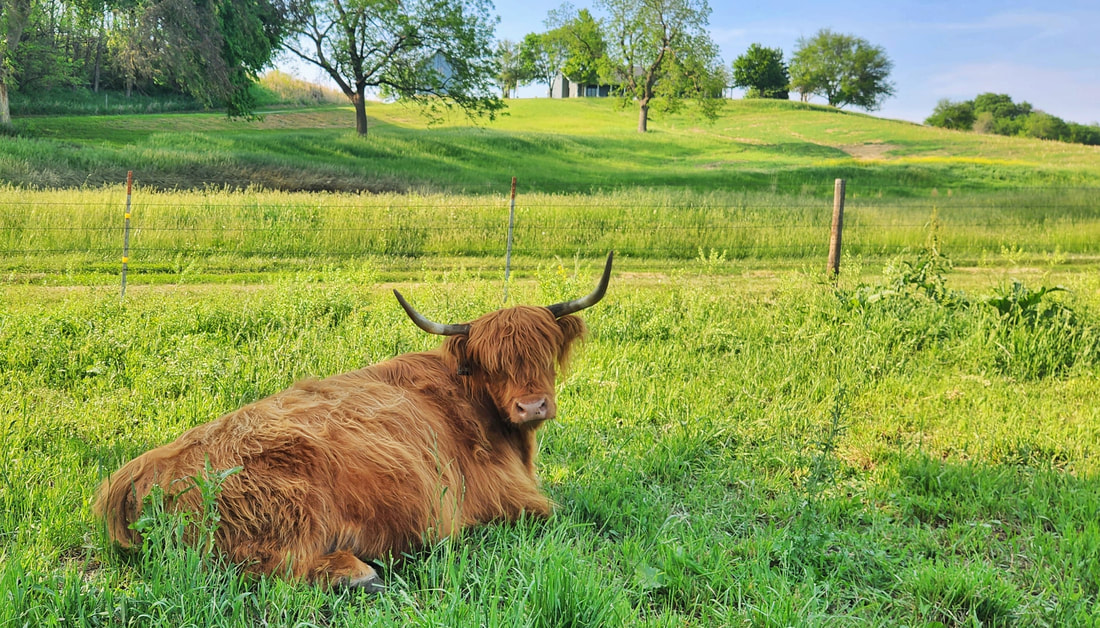
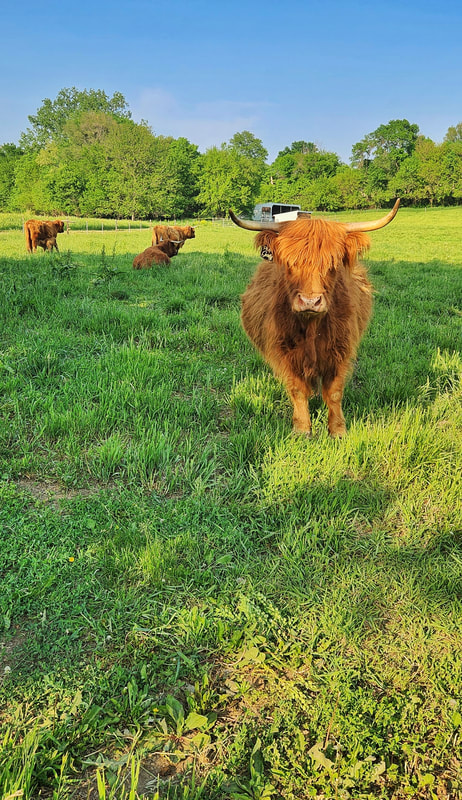
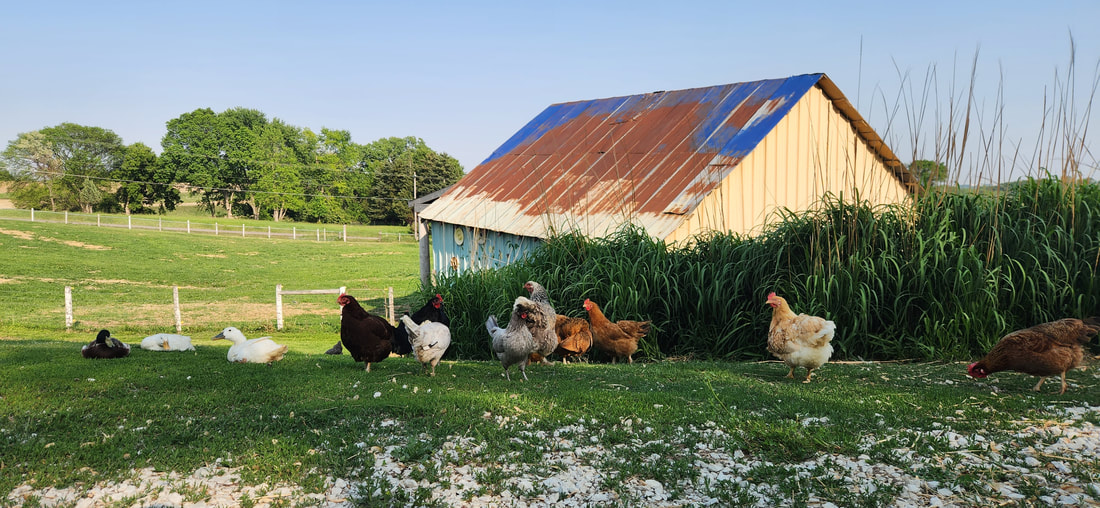
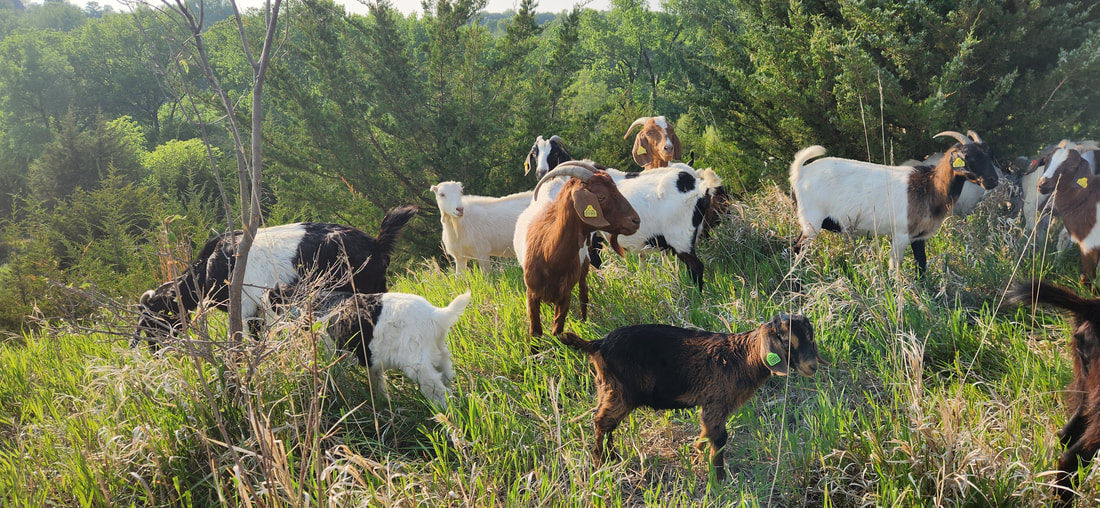
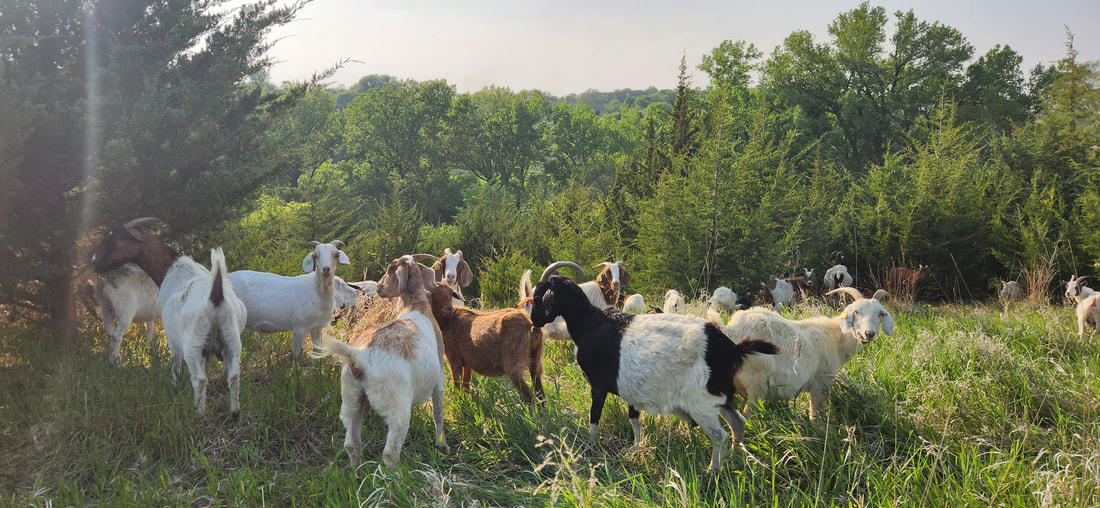
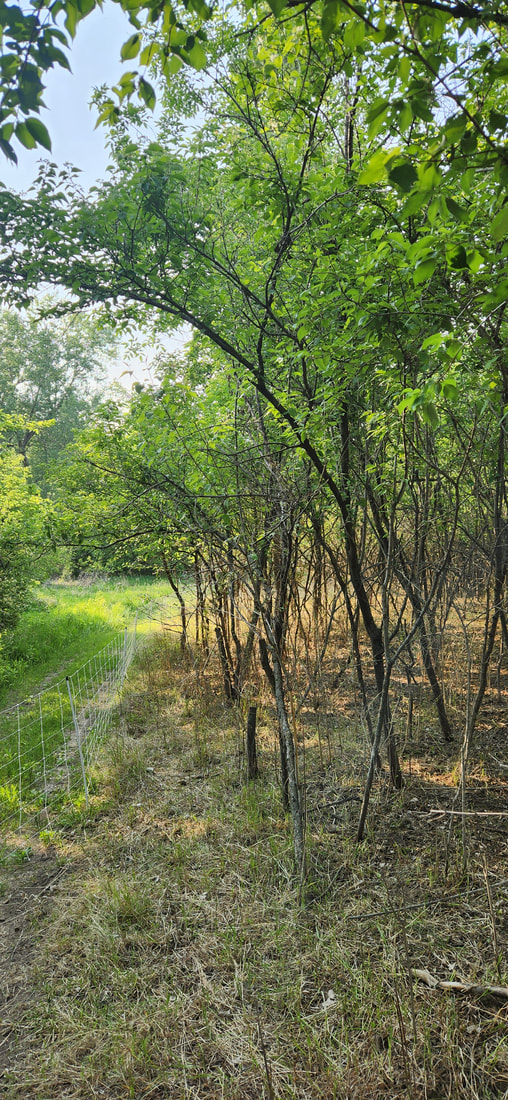
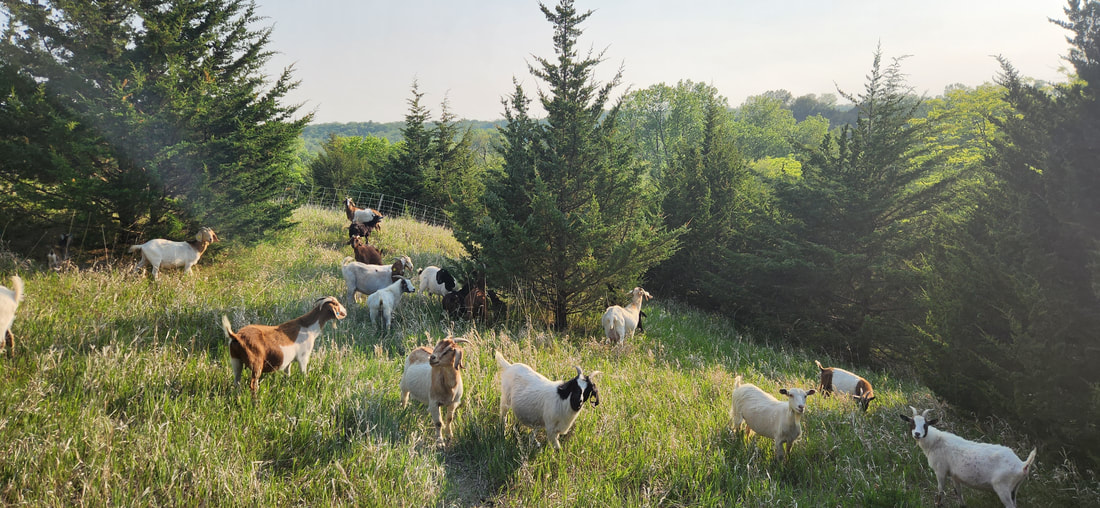
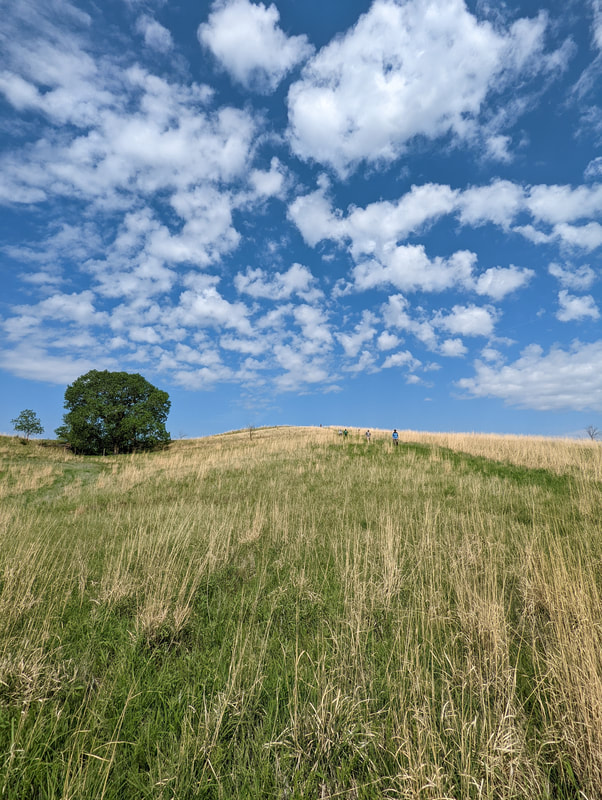
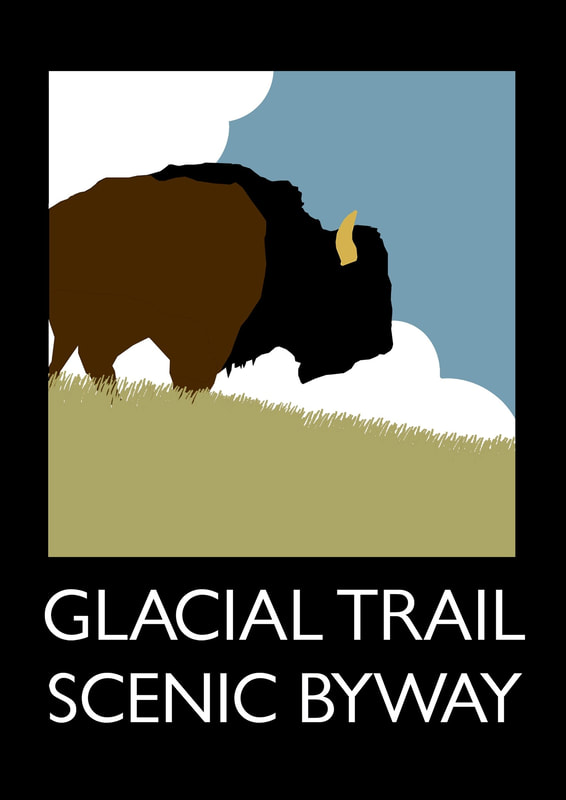
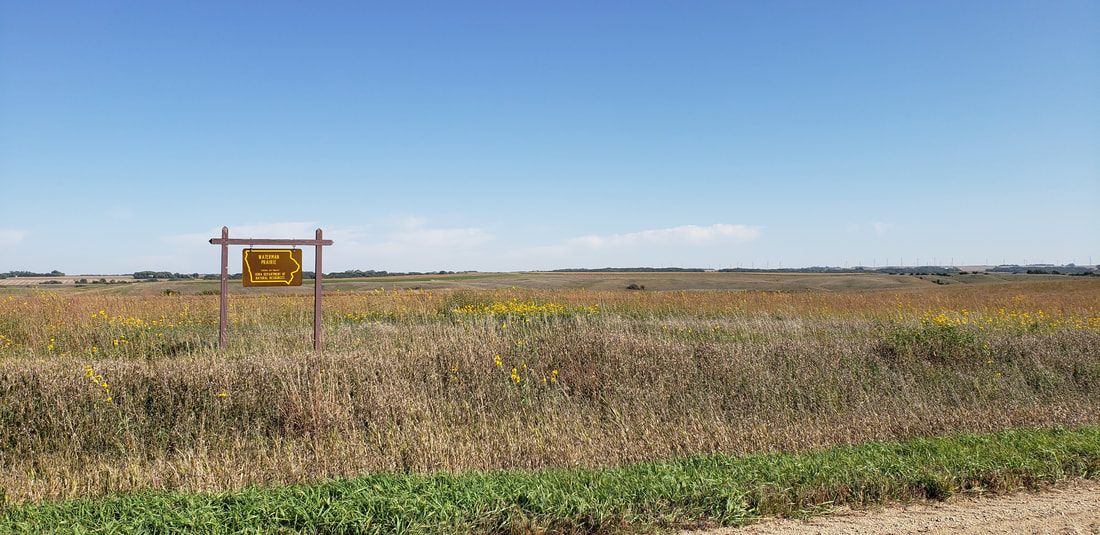
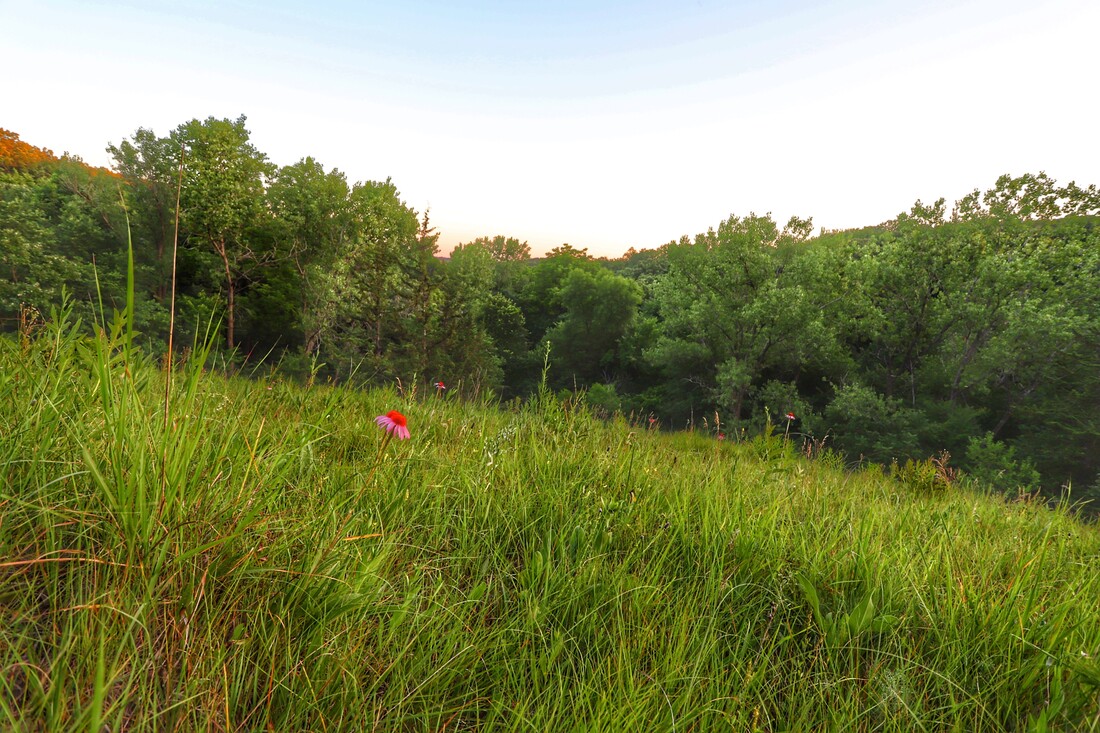
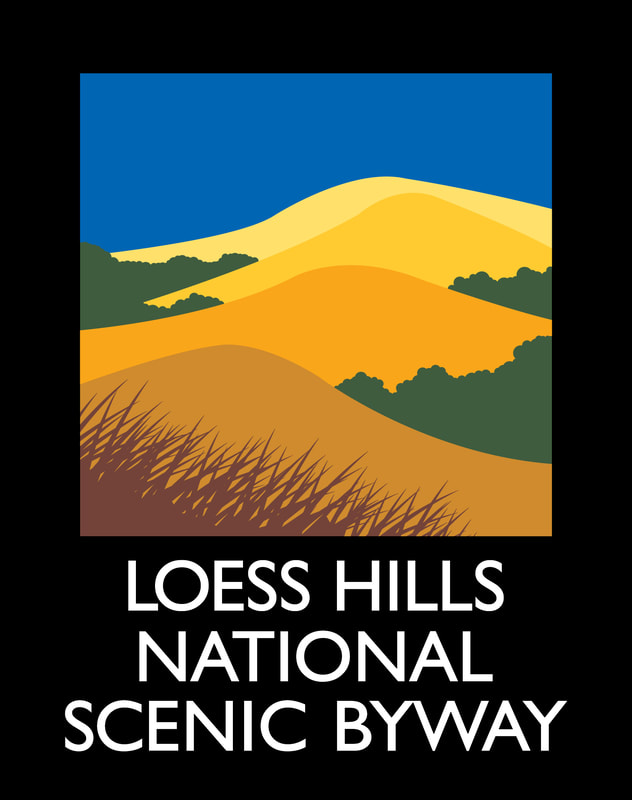
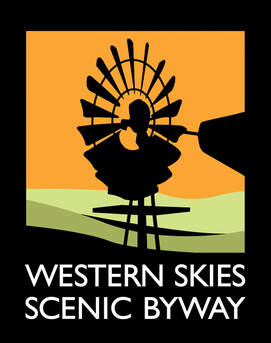
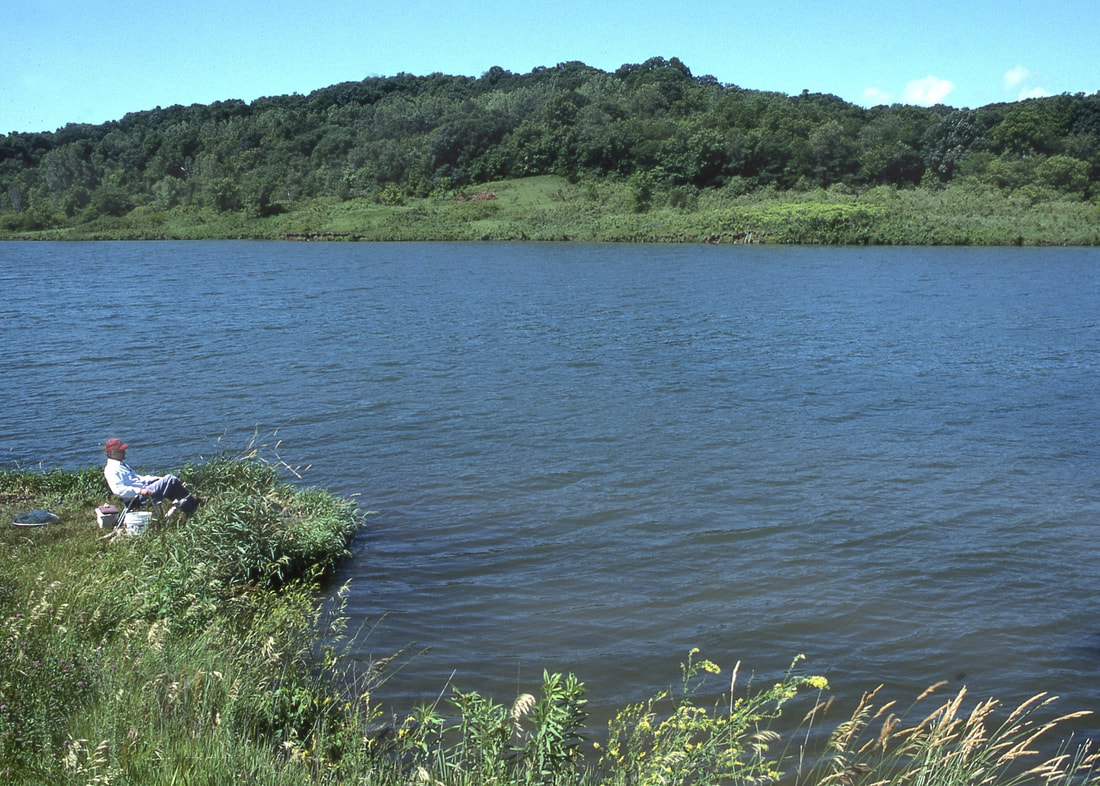


 RSS Feed
RSS Feed